[Shinmihon Factory] Find your Favorite Clothes in Production Area of Bishu
Table of Contents
"Factory Tour" to Understand the Manufacturing Process
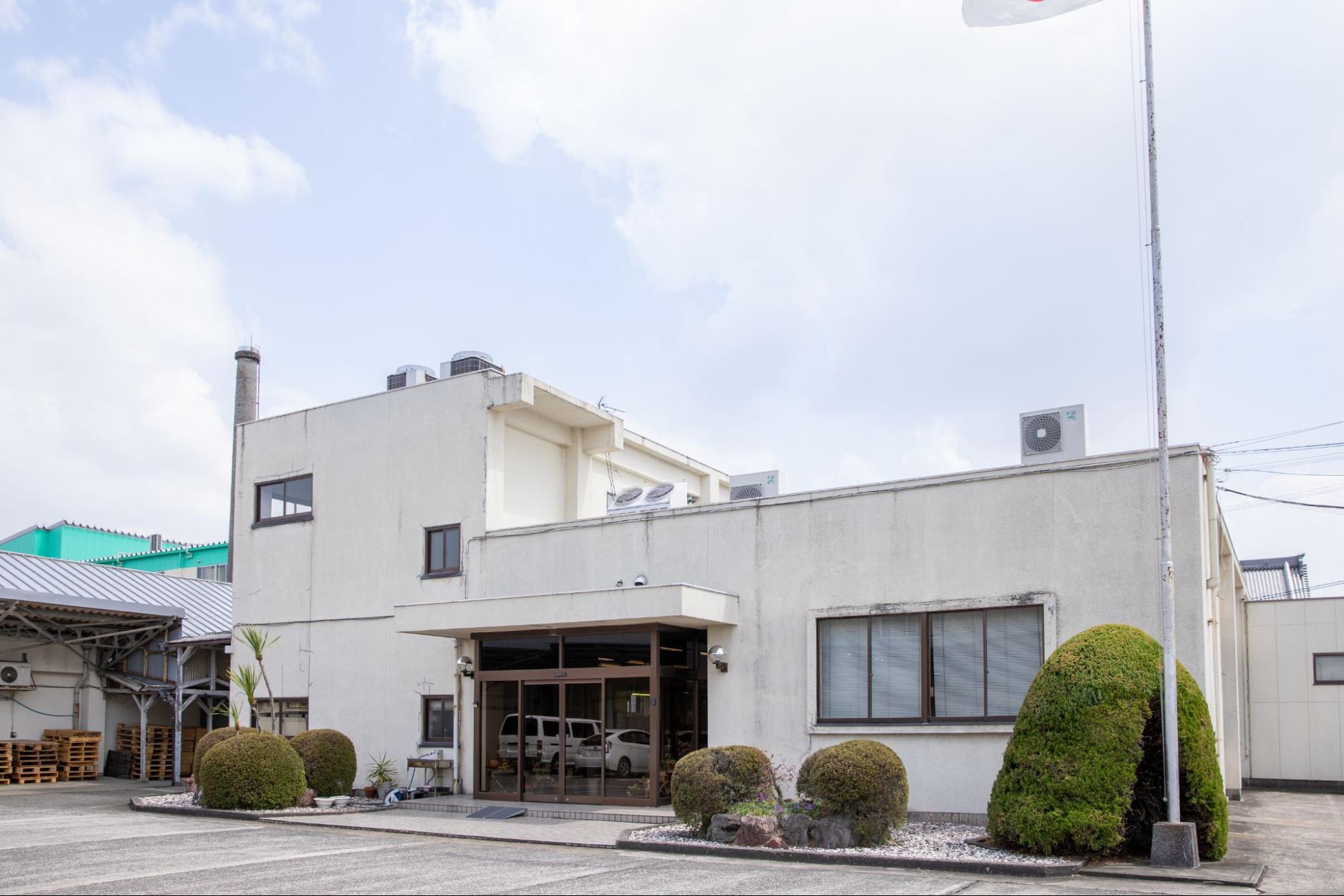
At Shinmihon Factory, a factory tour is also held to learn about the division of labor Bishu in conjunction with the opening of the permanent store. In order to get to know Bishu, it is easier to have a tour of the factory.
Mr. Hikosaka: "In Bishu, the entire process from yarn to weaving is done in a division of labor. Therefore, it is difficult to see the entire production process at once. However, at Kitama Keori, where gala spinning machines, Shonheru looms, knitting circular knitting machines, and sewing factories are gathered, visitors can see a variety of production processes.
We wanted people to feel more familiar with manufacturing, so we decided to hold factory tours as needed at the timing of the permanent opening of the "Shinmihon Factory". ”
For the actual factory tour, we will accept the tour at the office.
* Reservations can be made online
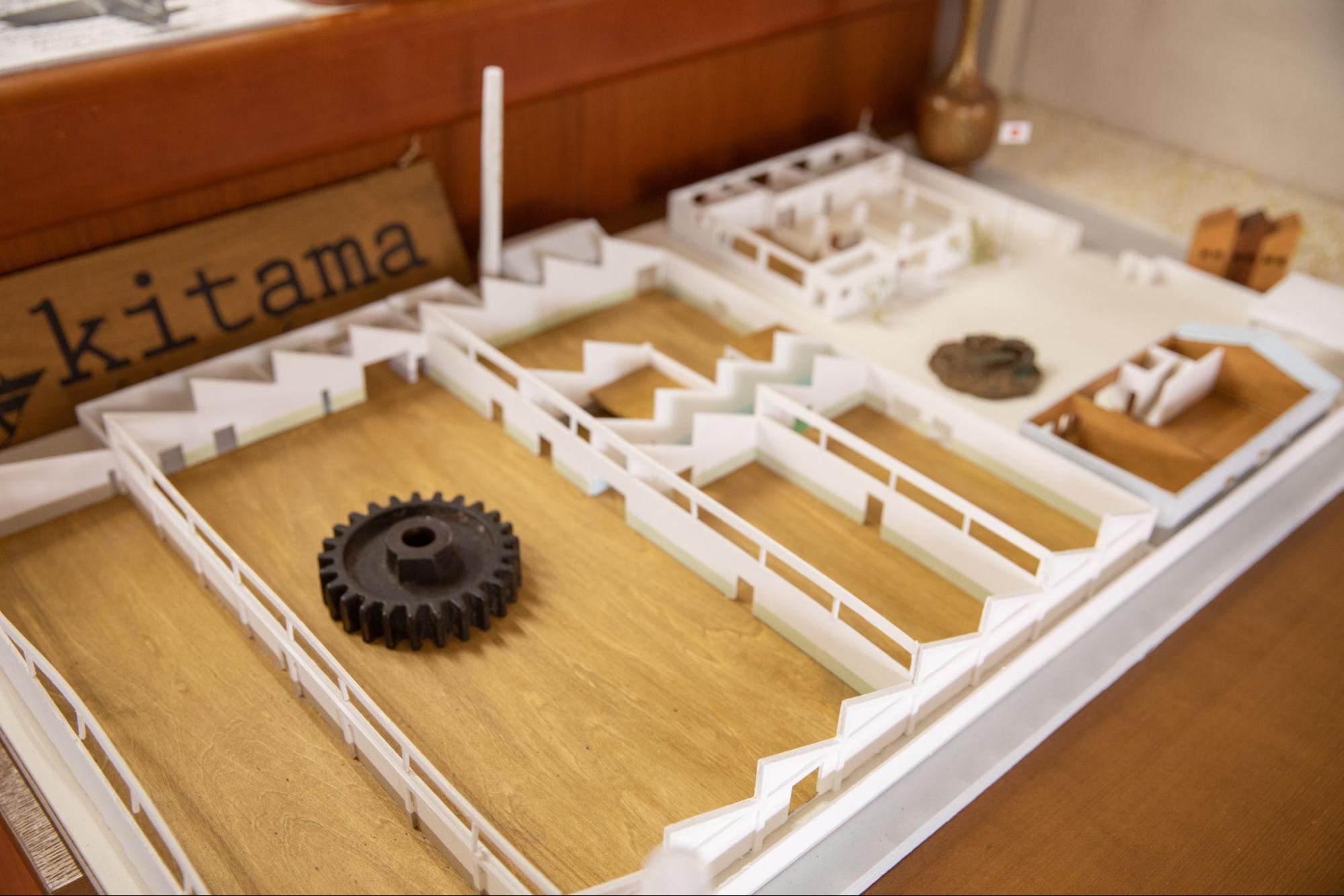 model in the factory
model in the factory
It was in the 28th year of the Meiji era that Kidama Keori was born. It used to be a textile factory that handled wool, but from about 15 years ago it has specialized in production of Garabo.
Other vacant spaces are used by other companies' factories, so you can usually observe the production process that you can't see in one place.
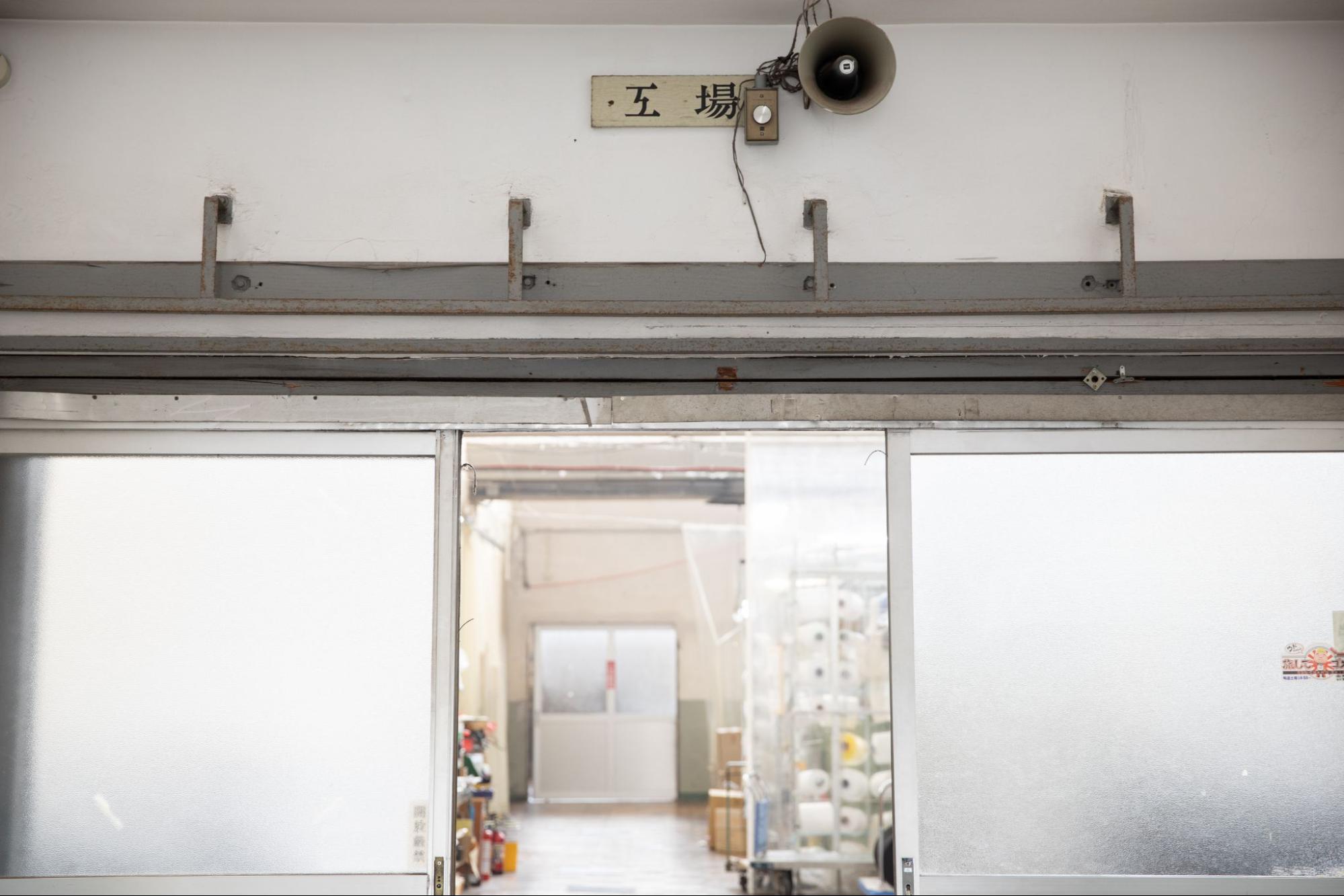 I am attracted to the character of the factory in the old font.
I am attracted to the character of the factory in the old font.
Let's go inside the factory.
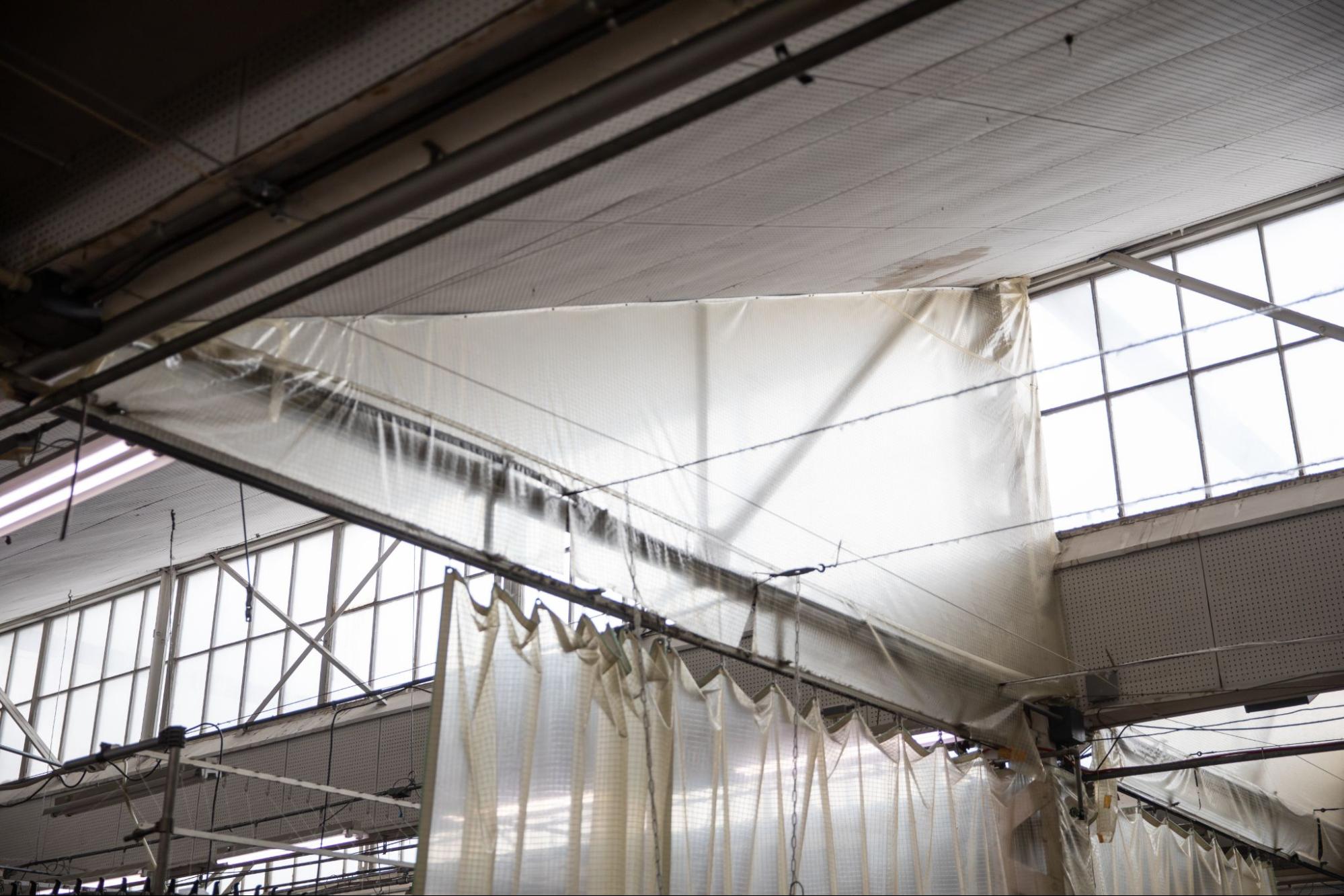

Do you know why many factories have saw roofs?
The sawtooth roof faces north to avoid direct sunlight. Therefore, it is suitable for checking the colors of threads and fabrics, as it allows for stable natural light throughout the day. It spread rapidly with the industrial revolution, and many factories with saw roofs still exist in Bishu.
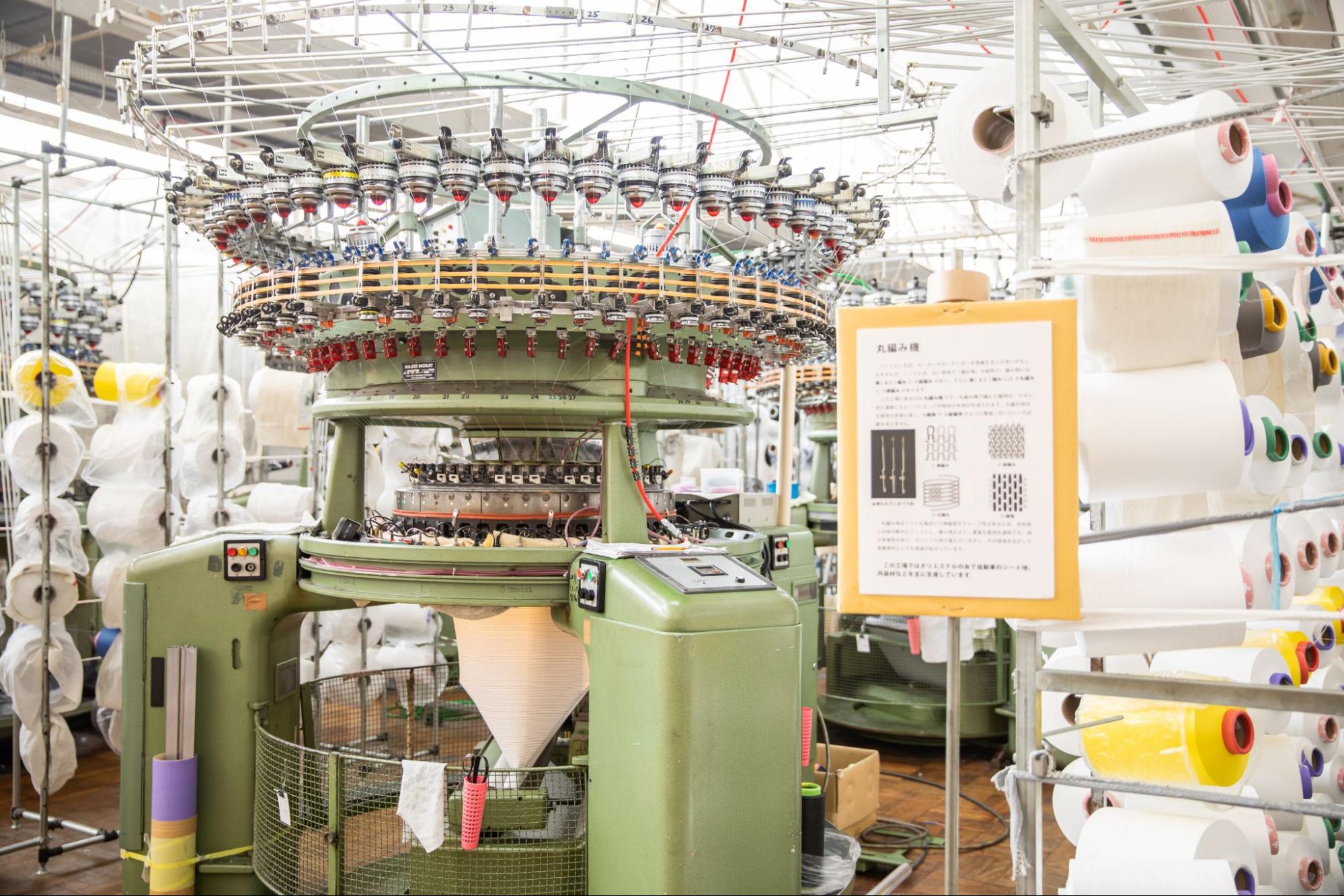
This is where knitwear is made. In a machine called a "circular knitting machine", the needles are arranged in a circle and the fabric is made into a cylinder.
The finished knitted fabric is cut and sewn, so clothes made with a circular knitting machine are called cut & sew. Many people probably don't know how the clothes they usually come to are made.
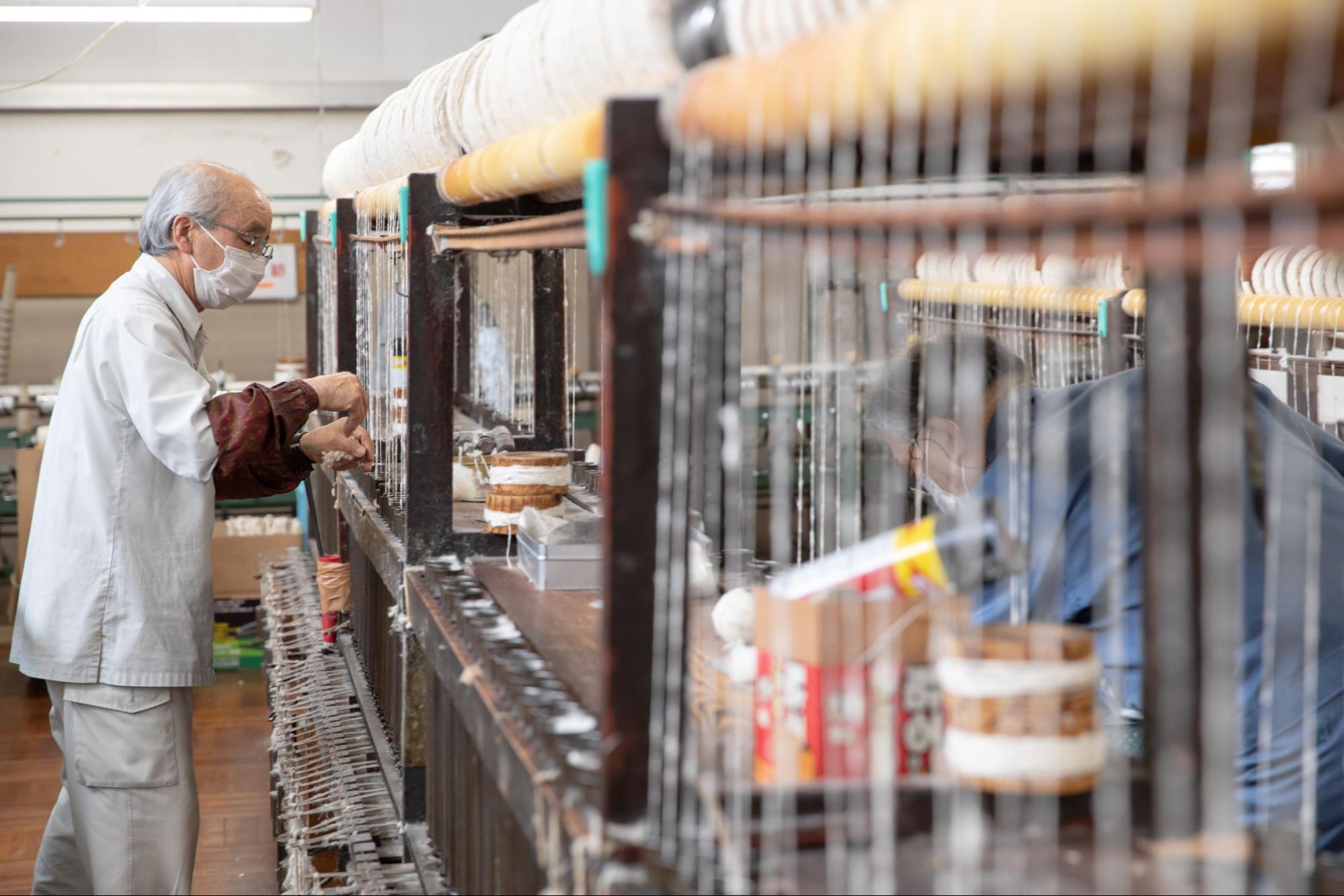
This is a scene that makes thread with a machine called "Garabo (spinning machine)".
For about 15 years, Kitama Keori has been working on organic cotton products with Garabo as its main product. Garabo is a spinning machine that was invented in the early Meiji era, and is called Garabo because of the loud rattling sound (gara-gara) it makes when it is used.
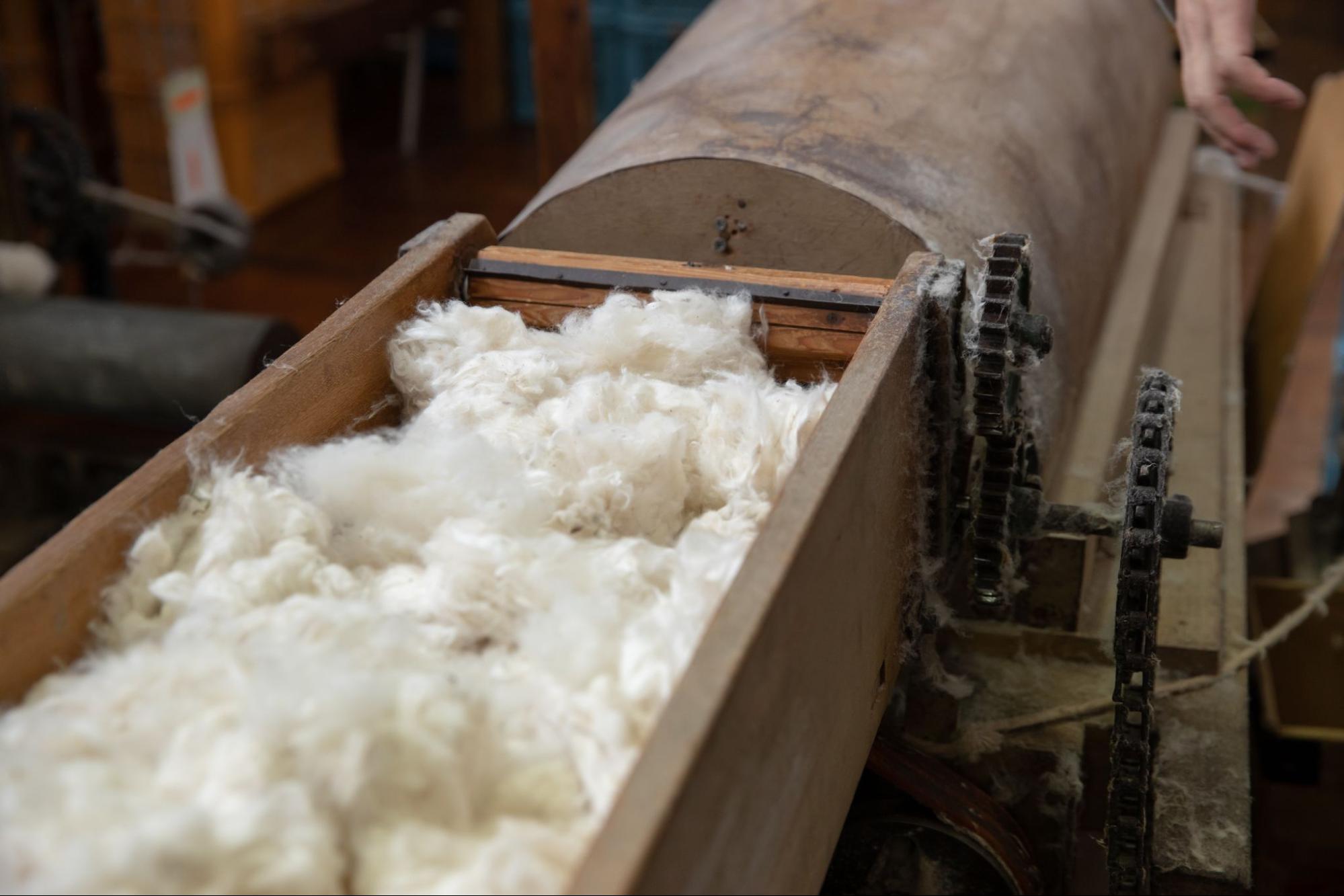
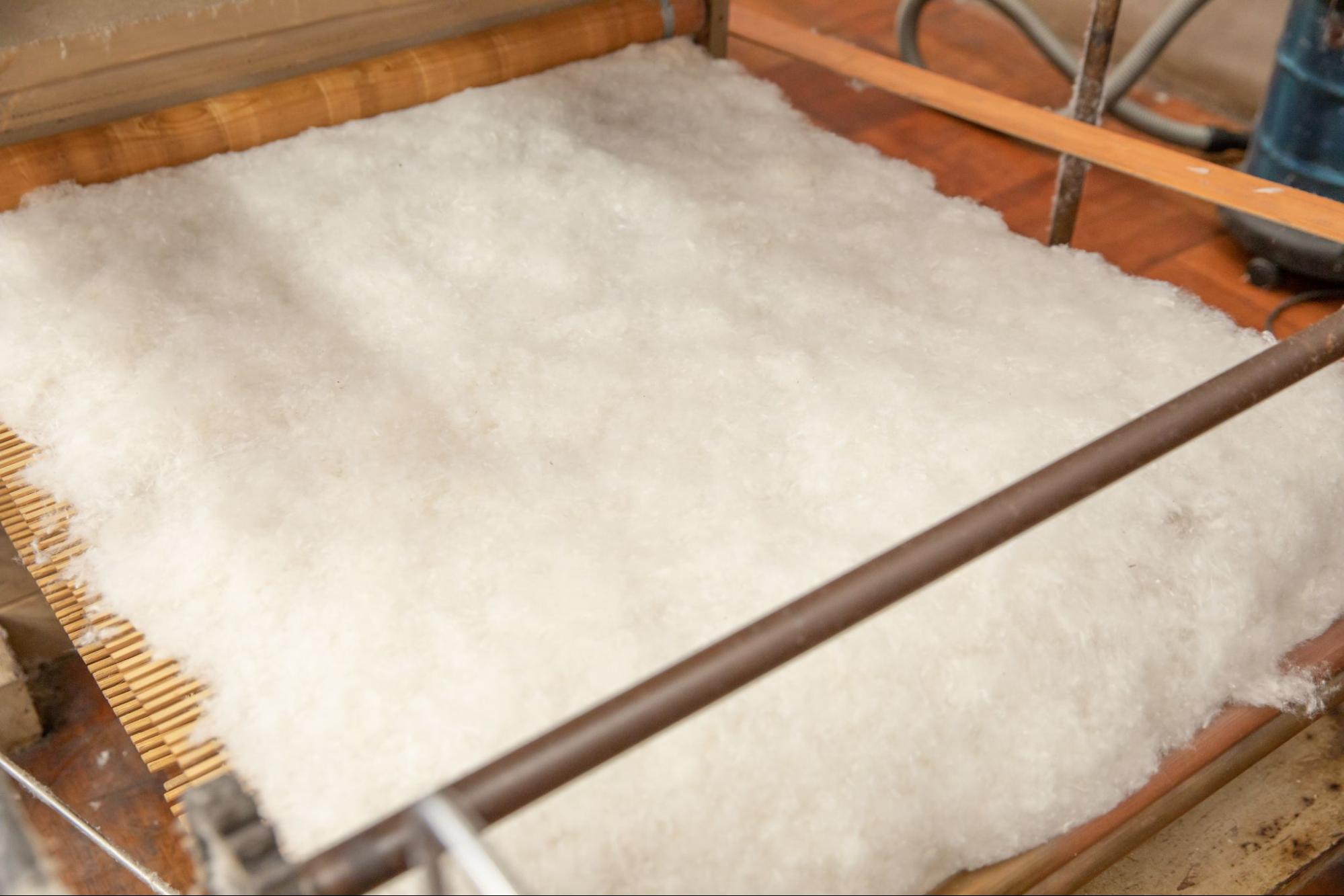
A part of the cotton raw material is blended with what is called "falling cotton", which is thrown off because the fibers are short during conventional high-speed spinning. Garabo's slow spinning method makes it possible to fully use up the waste, which is often discarded.
Small cotton balls are also carefully loosened and used.
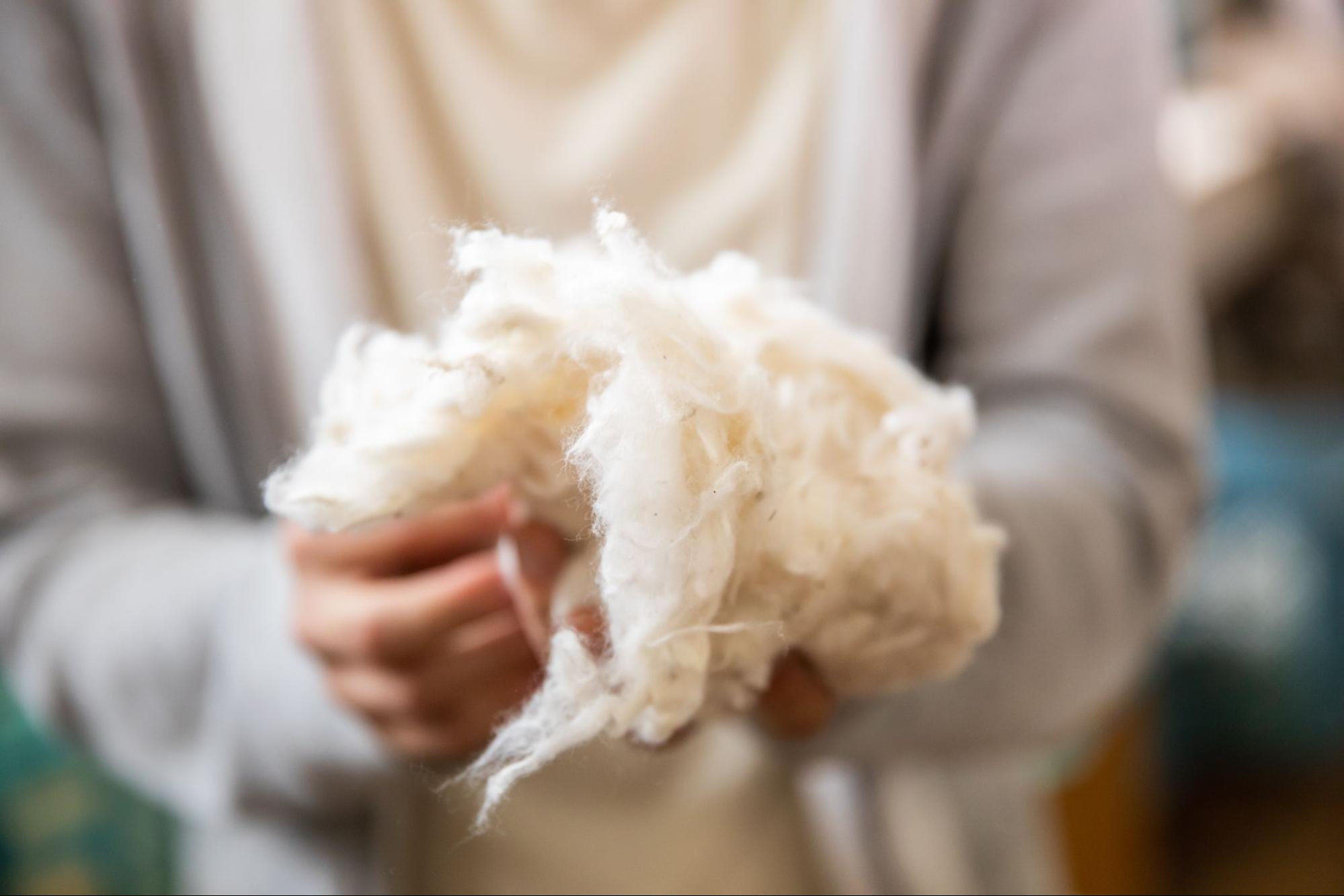
Mr. Hikosaka:"This is the only place in Japan that uses Gara Spinning Machines to make yarn every day (5 days a week). We have heard of two or three in the country, even where they are working on an active basis.
It seems that you can see it as an exhibit at Meiji Mura in Inuyama, so I think it's quite valuable just to see things in motion. "
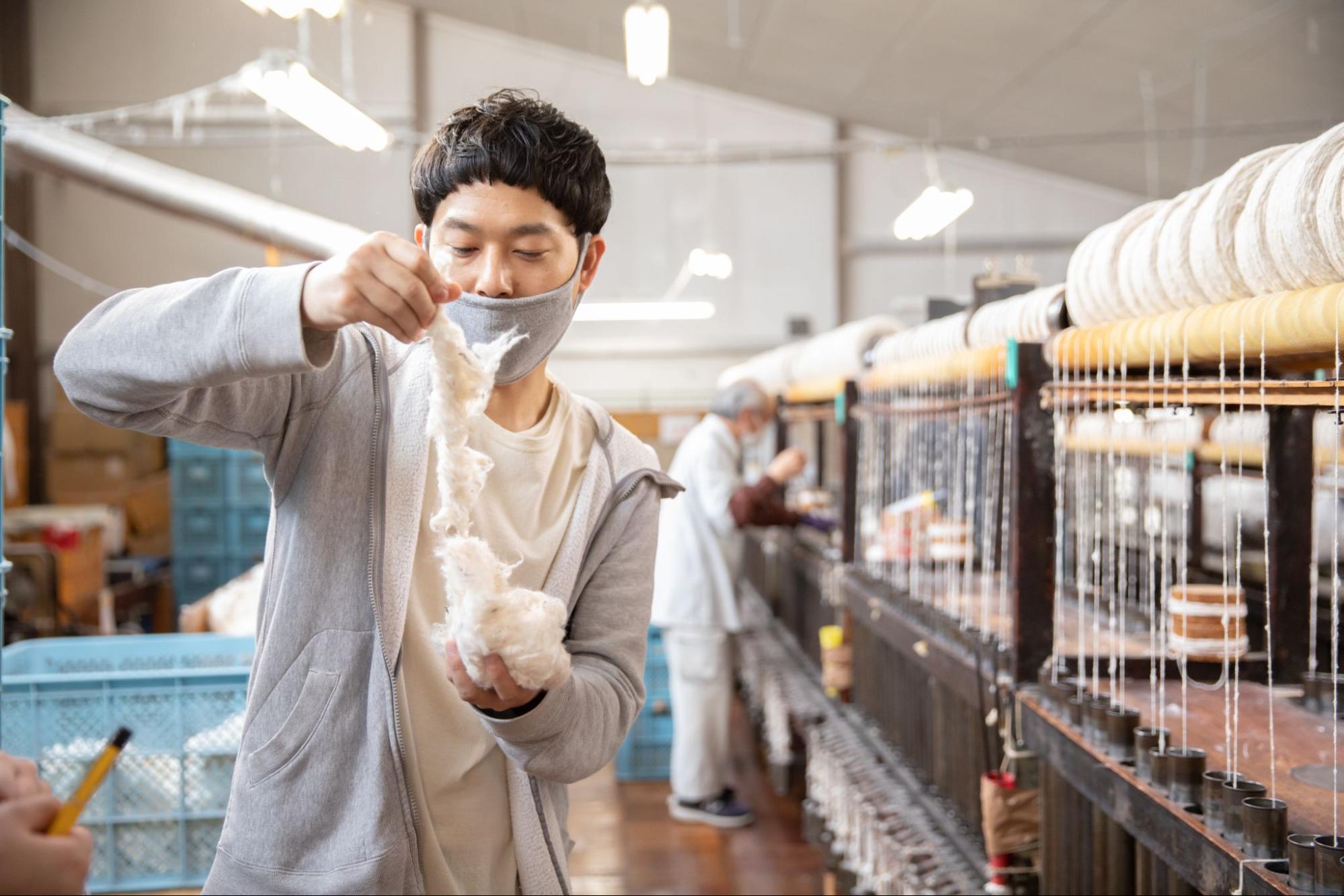
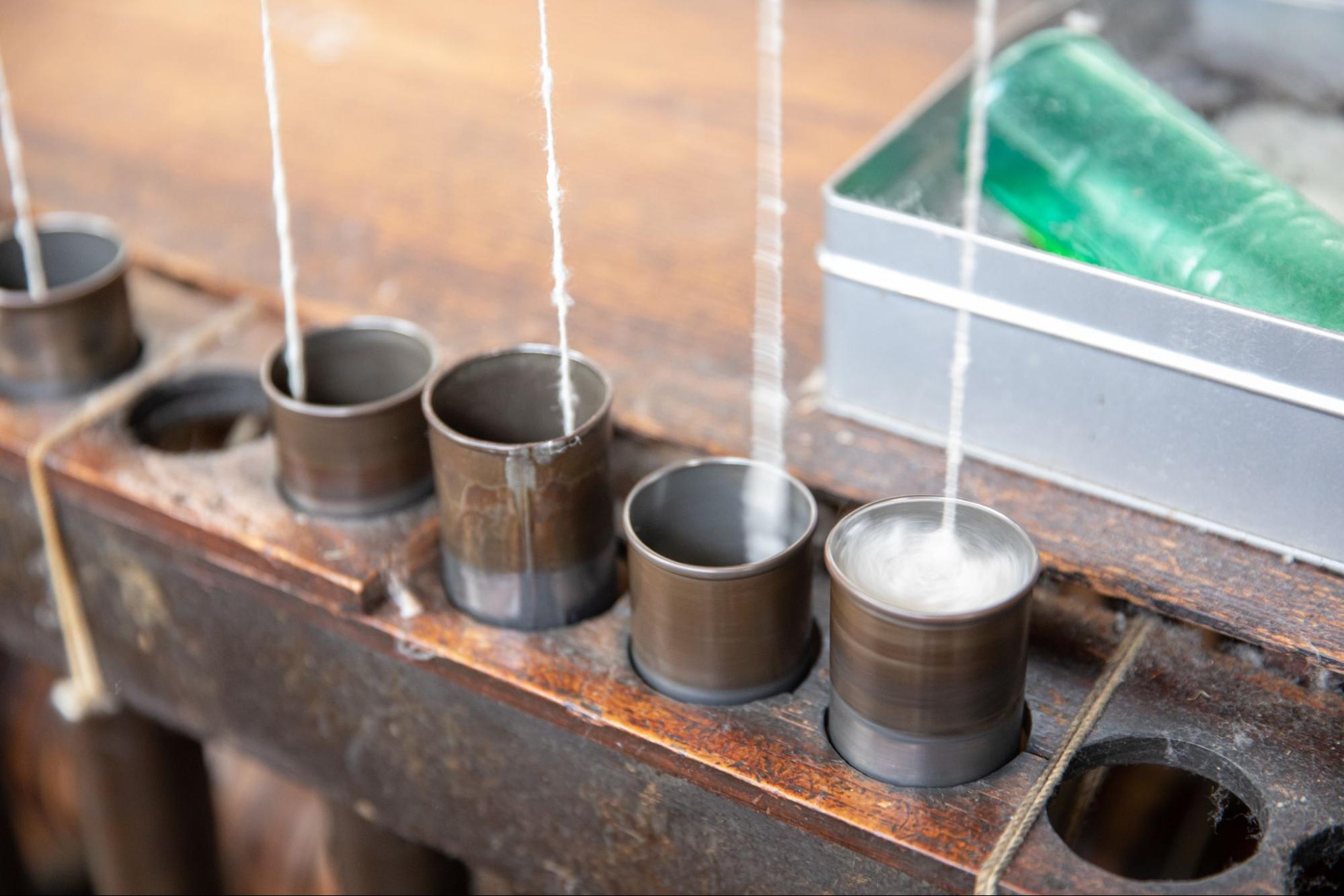
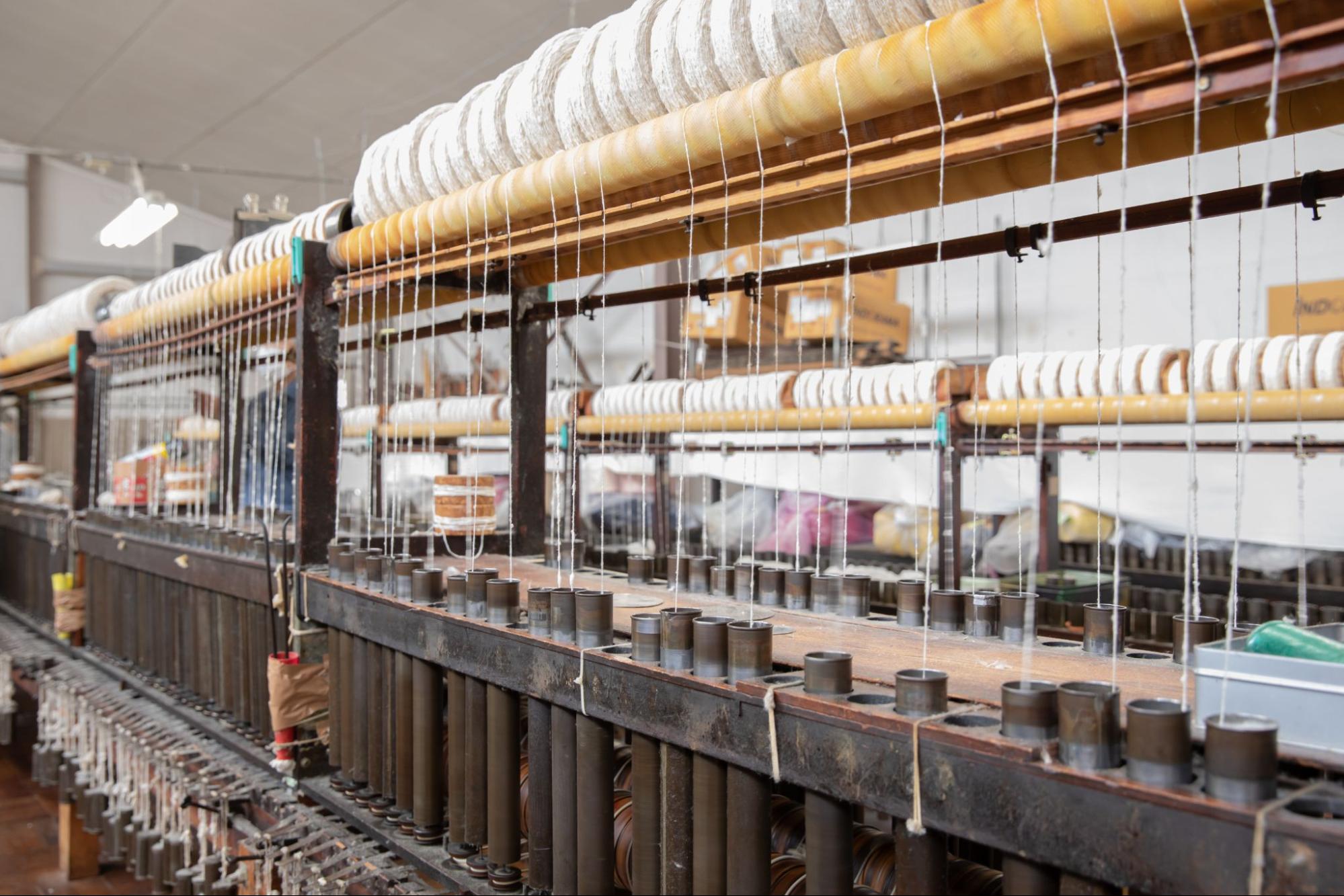
Mr. Hikosaka:"It can be easily torn if you pull it with cotton, but if you twist it, it will stretch. Garabo uses the principle of hand-spinning, and when the cotton is stuffed, the cylinder rotates. Then it winds the thread while stretching it upwards.
In addition, the thickness of Garabo yarns varies. If the thread is too thin, it may break in the middle, so skilled craftsmen stand by the machine and spin while making adjustments.
One of the great appeals of the threads produced by Garabo is that each one has a different expression. ”
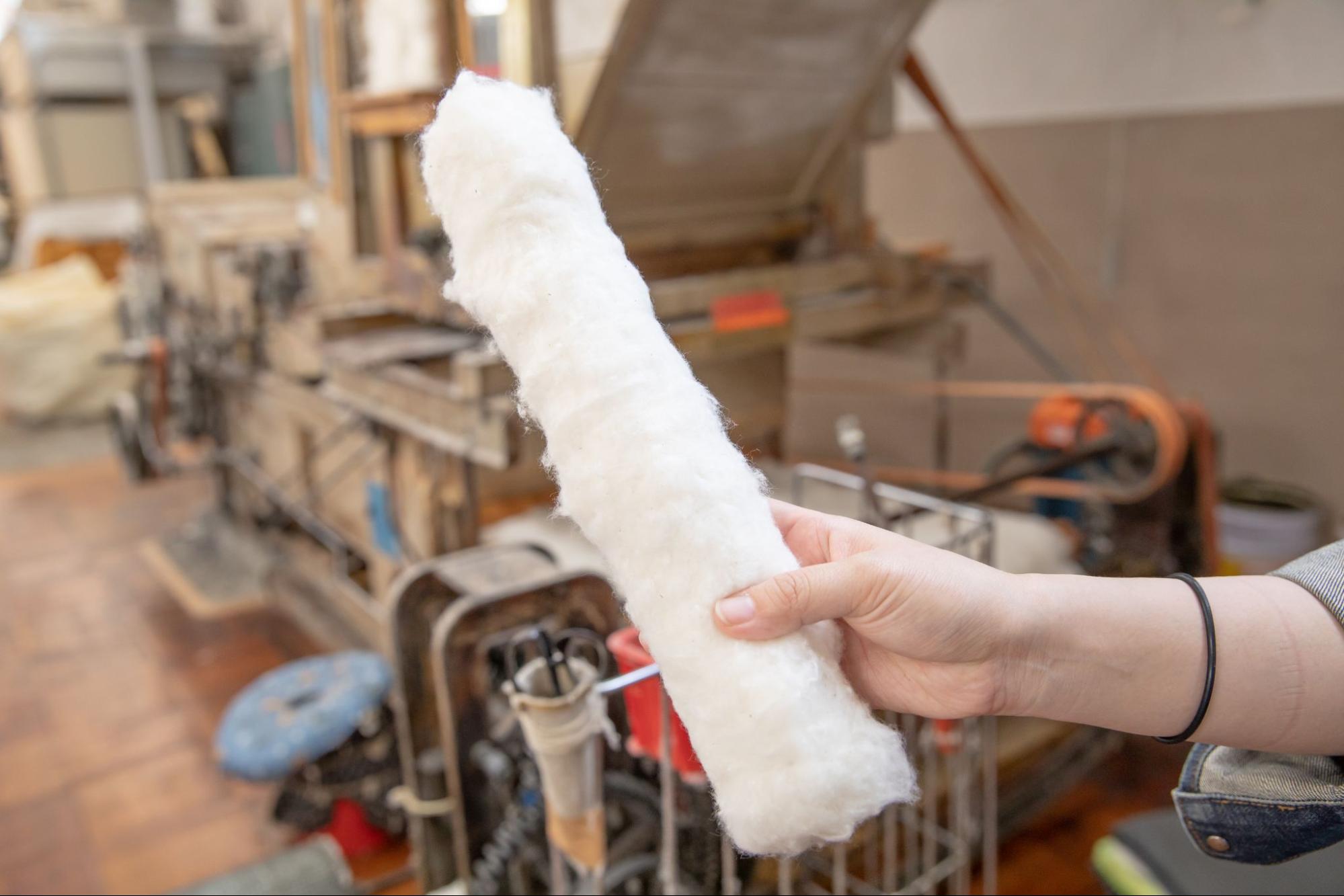 Cylindrical cotton. This is then stuffed into the tube.
Cylindrical cotton. This is then stuffed into the tube.
Mr. Hikosaka:"During the factory tour, you will also have the opportunity to actually touch the Garabo. By actually touching the craftsmanship, we would like you to know the fun of craftsmanship and how long it takes to make clothes. I am thinking."
Participants can also receive a handkerchief made from the yarn of the Gara Spinning Factory!
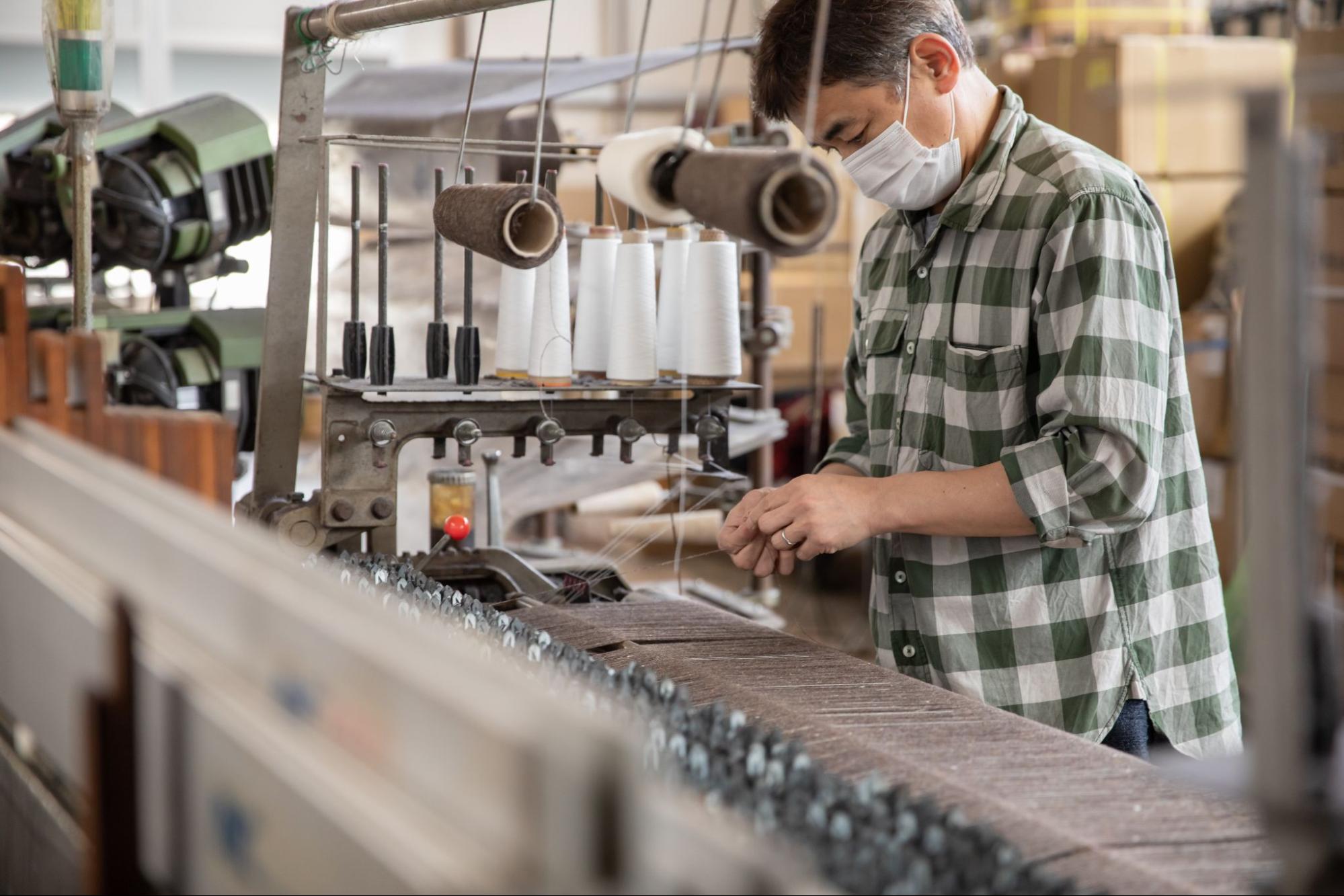
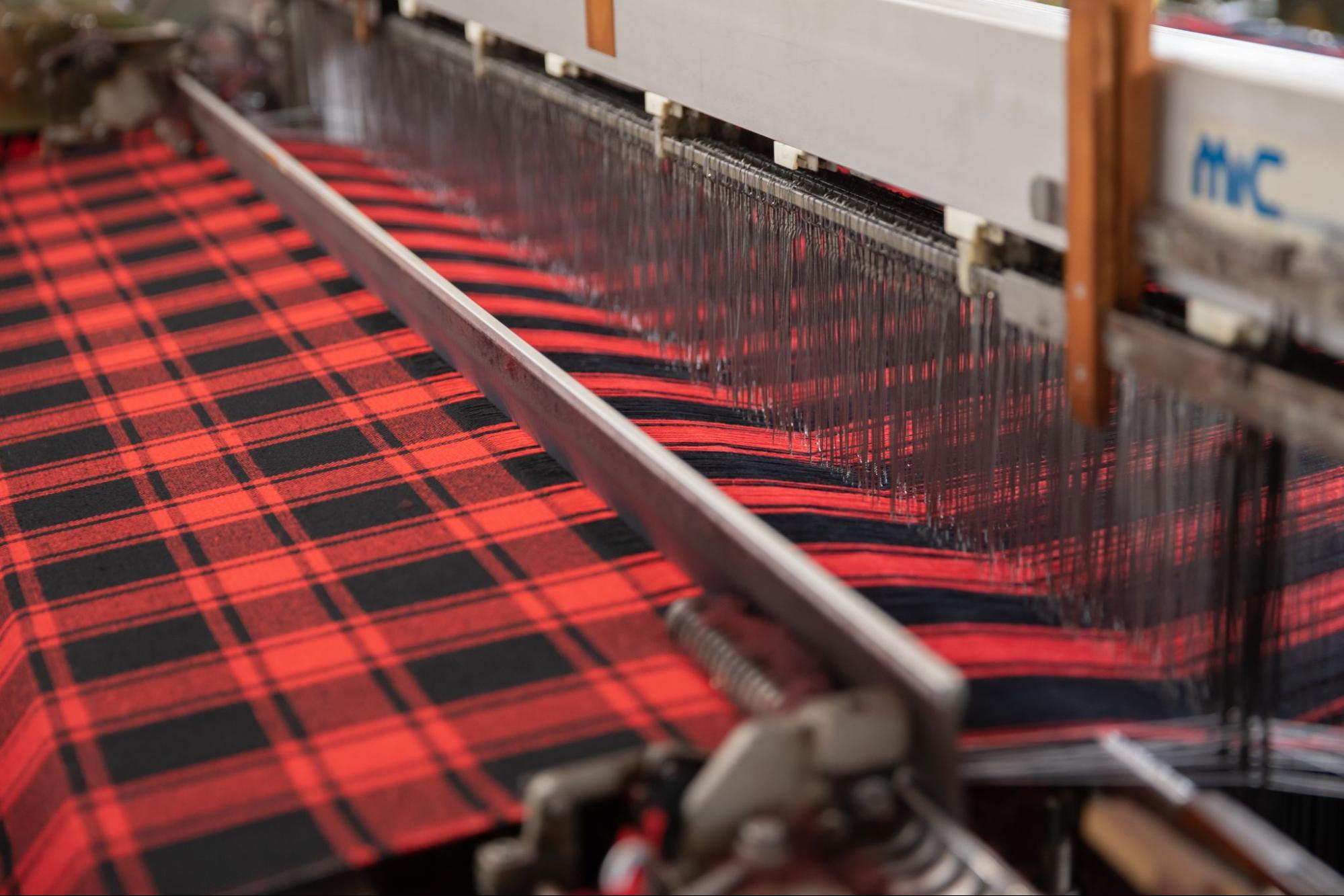
Next, we went to the “Schonherr loom” factory.
Mr. Hikosaka:"The Schonghel loom is an old-fashioned loom that was used before the high-speed automatic loom was developed. Its main feature is that it can express a soft texture because it weaves slowly at a low speed. This loom has been in use for more than 60 years. At times, as many as approximately 3,000 warp threads are used. It takes a full day just to reed the warp threads one by one through a very small metal hole called an "osa". At most, only about 10 meters can be woven per day, and it takes about four to five days to weave about 50 meters. Translated with www.DeepL.com/Translator (free version)”
Even when changing colors, the threads are tied one by one.

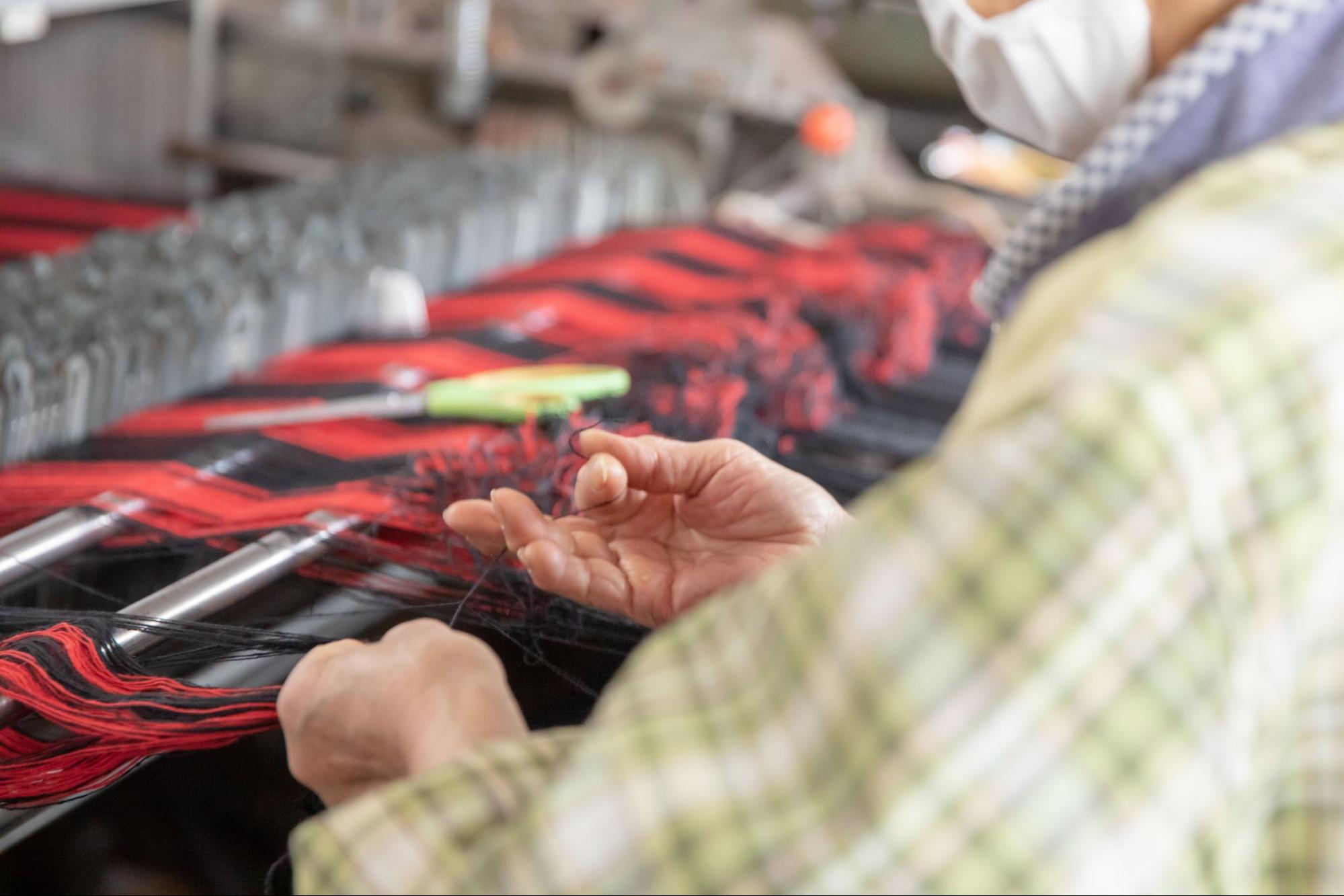
Mr. Hikosaka:"When the warp threads are cut, the Schonherr loom automatically stops, but if the threads are cut, we have to tie again. Then, during the repair process, there is a craftsman who sews the knot on the back side to hide it. ."
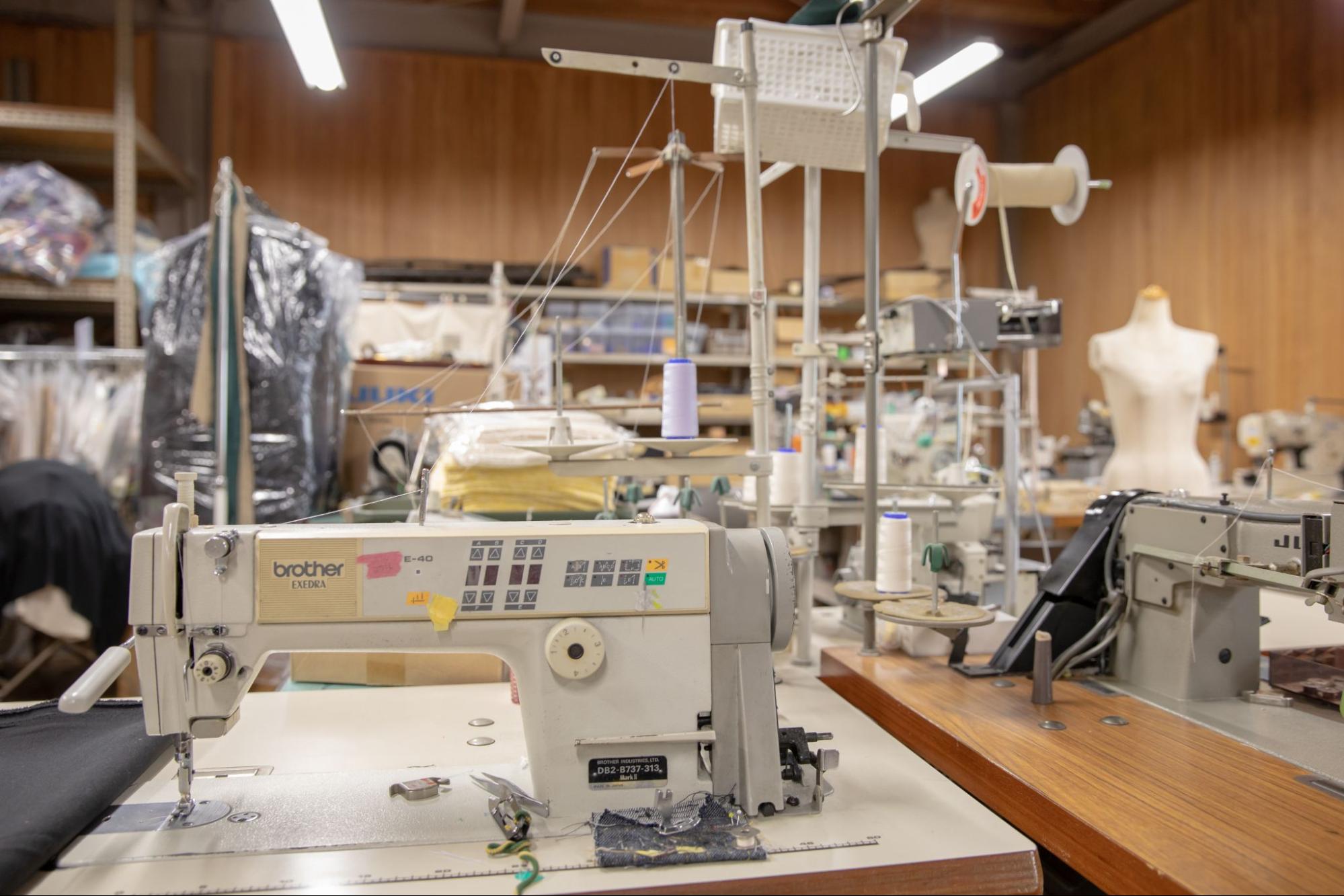
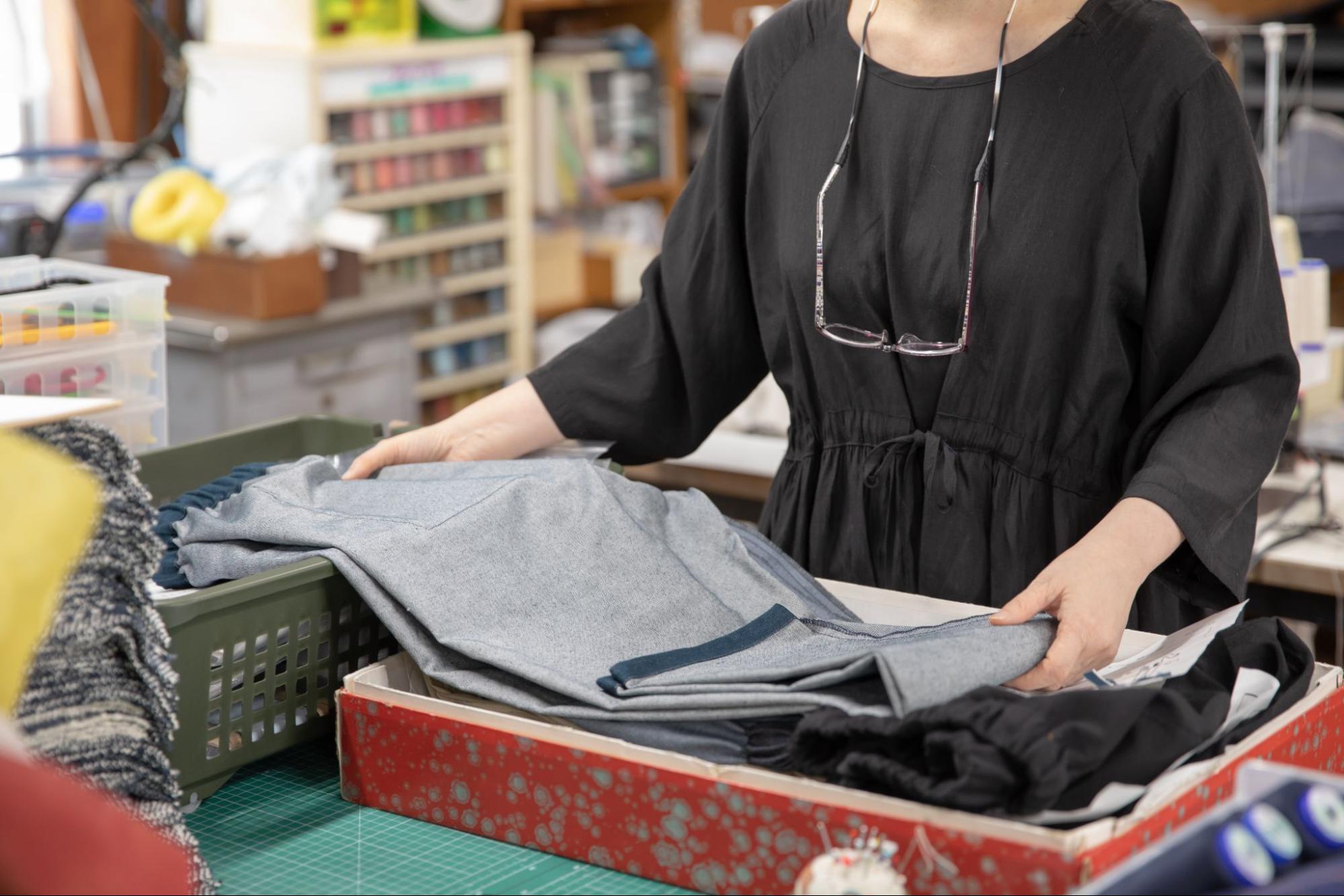
Lastly, I saw the "sewing factory".
* Not included in the regular factory tour
Mr. Hikosaka: "Here, they also sew Bishu Current's original item "Bishu no Pants". It is interesting that Bishu production areas divide and collaborate with many processes from yarn to textiles and sewing within the same region. I would like you to experience and know the wonders of Bishu by visiting the factory."
During the factory tour, there were multiple spinning, weaving, and sewing companies in the same factory, so I was able to enjoy learning about the division of labor and cooperation in Bishu.
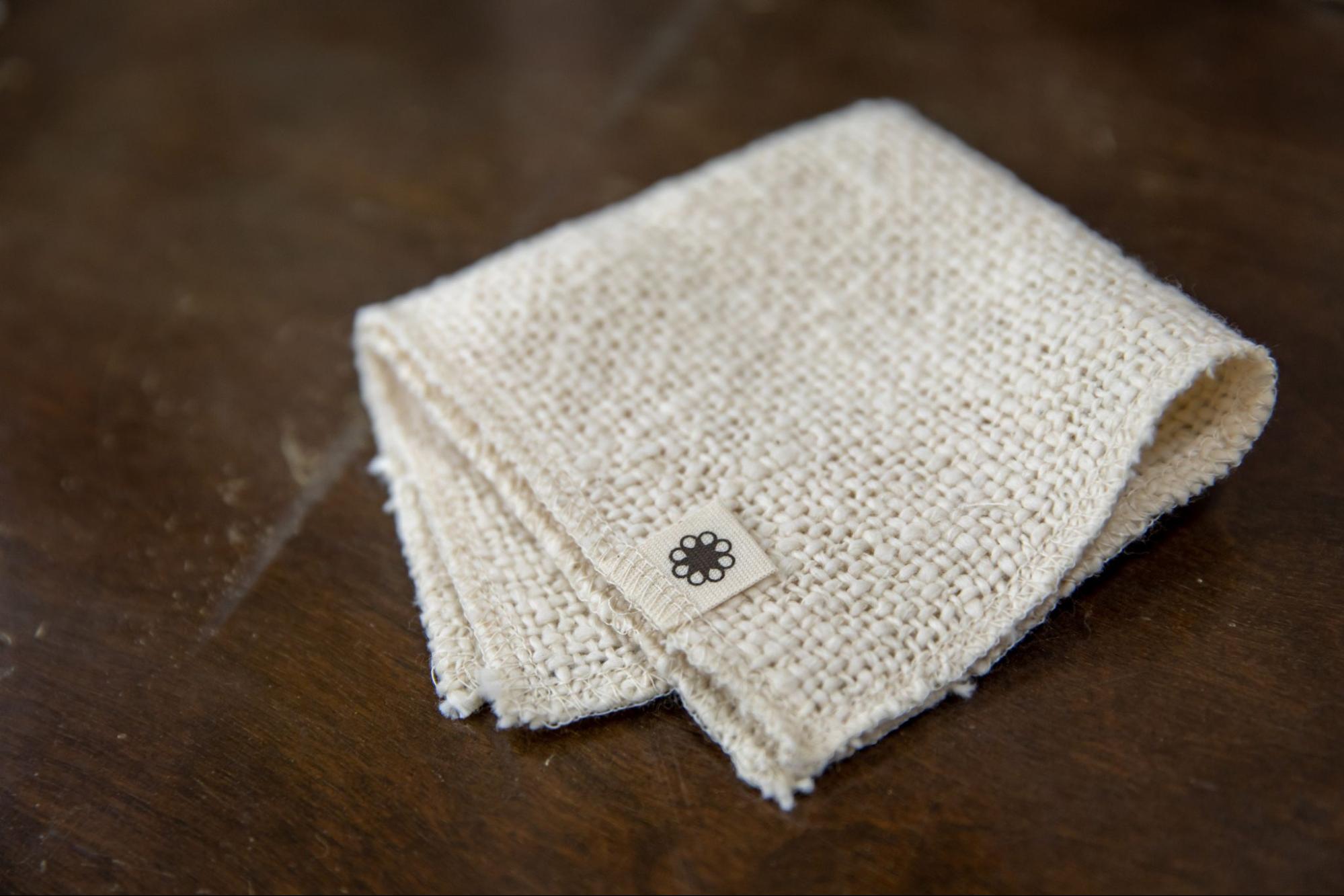
A handkerchief made from the yarn of the Gara Spinning Factory will also be presented to participants of the factory tour.
Participation fee: 2,200 yen (tax included)
▼ Click here to make a reservation for the factory tour
https://airrsv.net/kitamakeori/calendar
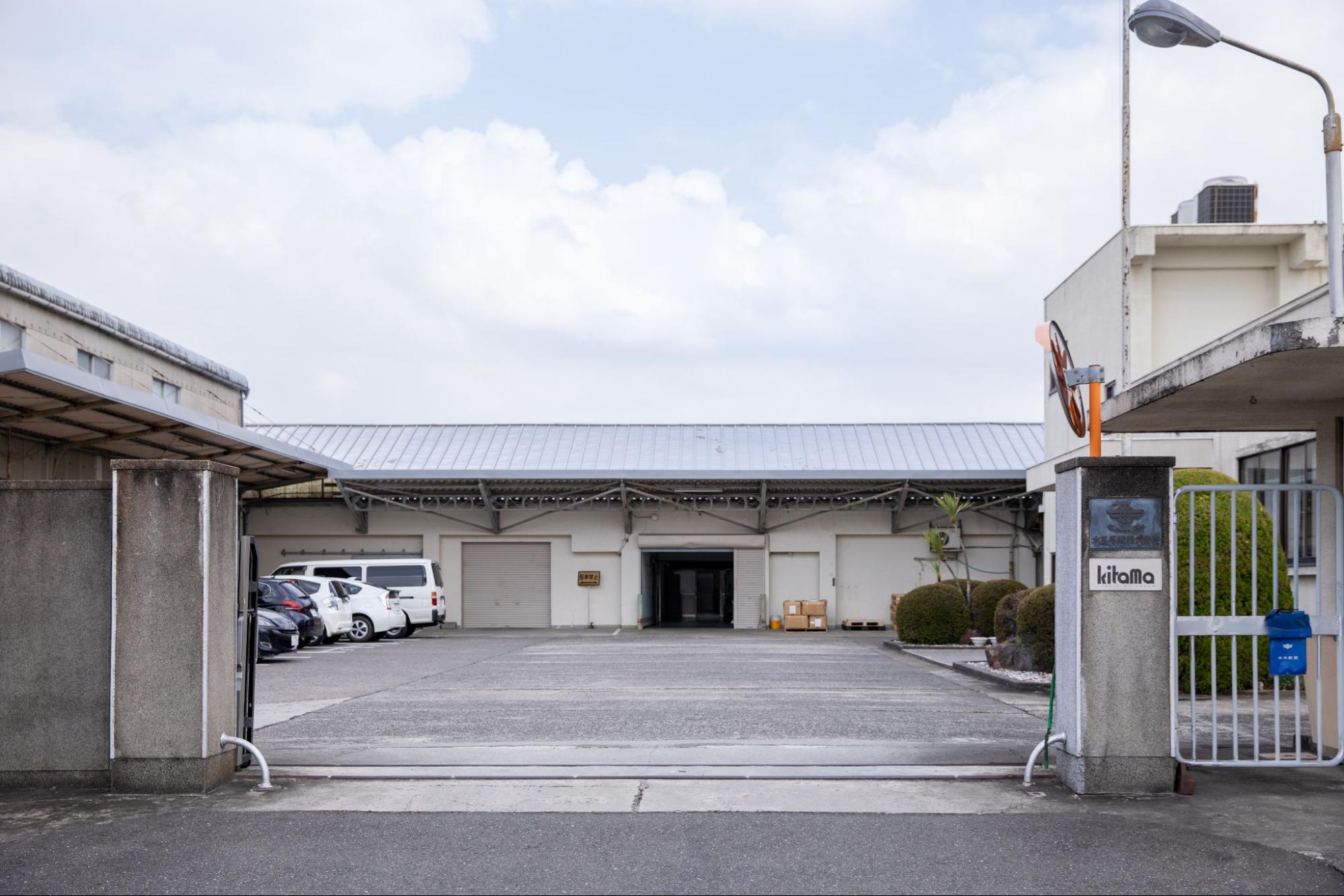
This time, we have fully conveyed the activities of "Bishu Current" and the charm of "Shinmihon Factory". It seems that they are still planning fun events, so I am looking forward to their future activities.
By all means, please go directly to the production area, learn about Bishu, and find a piece that you can use for a long time.
In addition, from 8 p.m. on the 2nd and 4th Wednesday of every month, FM Ichinomiya is also broadcasting the radio "Bishu no Broadcasting Room" to learn how to enjoy Bishu! Please check it out as well.
![[Shinmihon Factory] Find your Favorite Clothes in Production Area of Bishu|Hobbies of Ichinomiya City>Fashion|Life Life Designs|Traveling and Living in Nagoya, Aichi, Gifu and Mie](https://life-designs.jp/wp/wp-content/themes/wp-templ/assets/img/common/logo.svg)

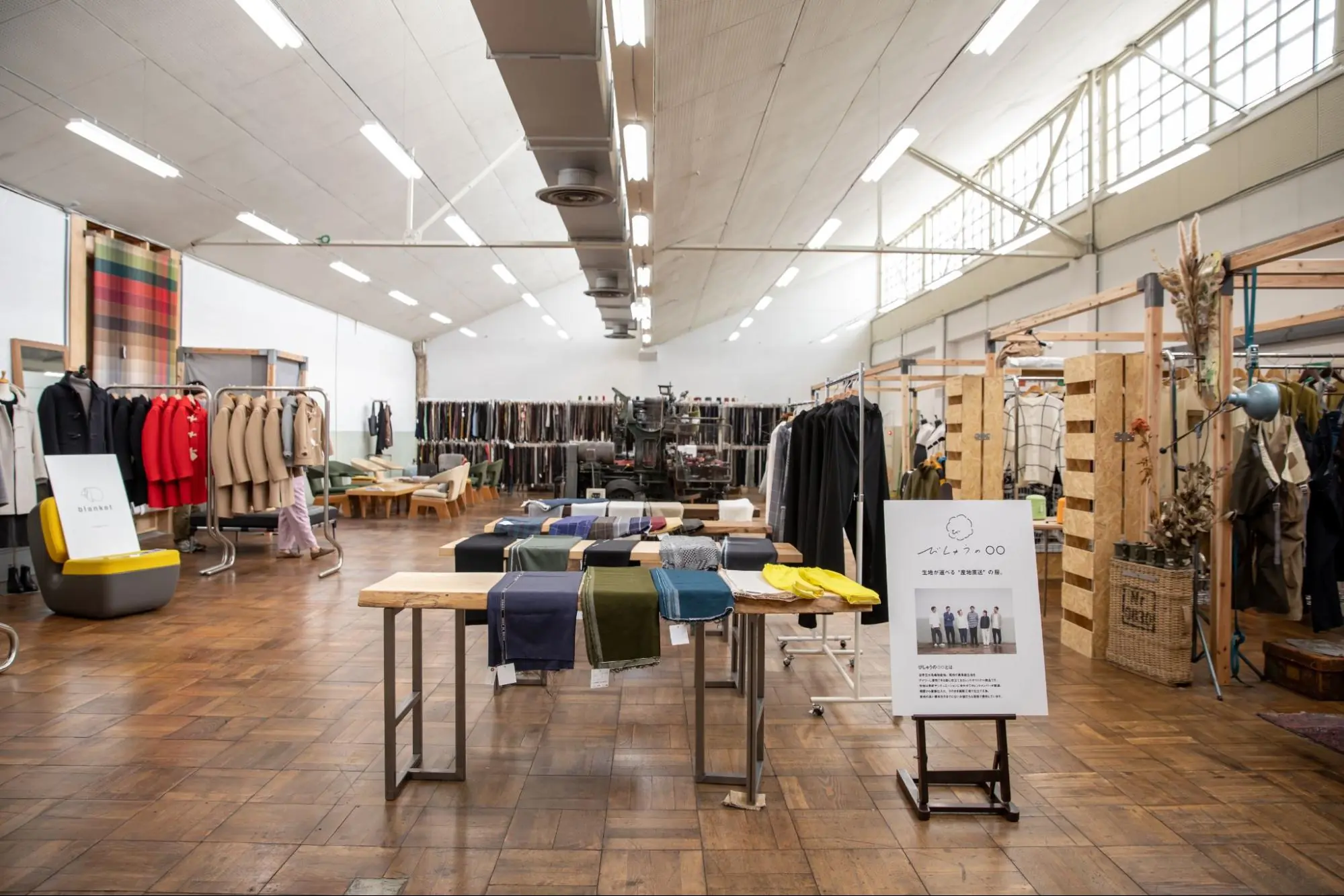
![[Industrial Museum & Factory Tour] Learn the Manufacturing in Tokai Area!](https://life-designs.jp/wp/wp-content/uploads/2019/06/w1920x1088_factory-1024x580.jpg)
![[Originated in Nagoya] Introduction to the Charm of Kakudai Confectionery's "Kuppy Ramune"!](https://life-designs.jp/wp/wp-content/uploads/2020/12/c290d055b5e22fc7b6f0170210cdd663-300x200.jpg)
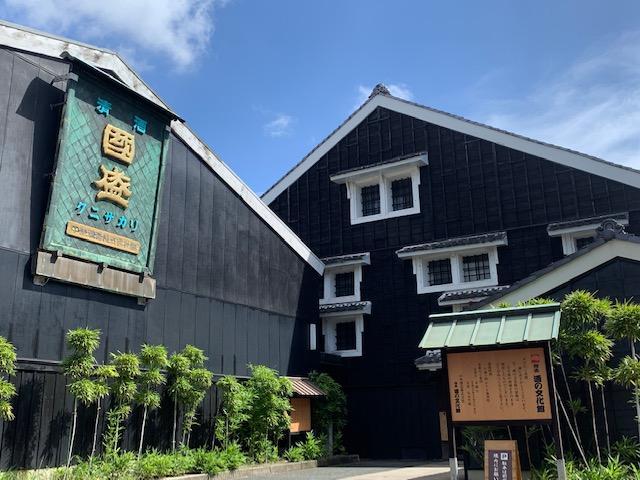
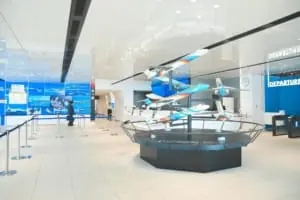
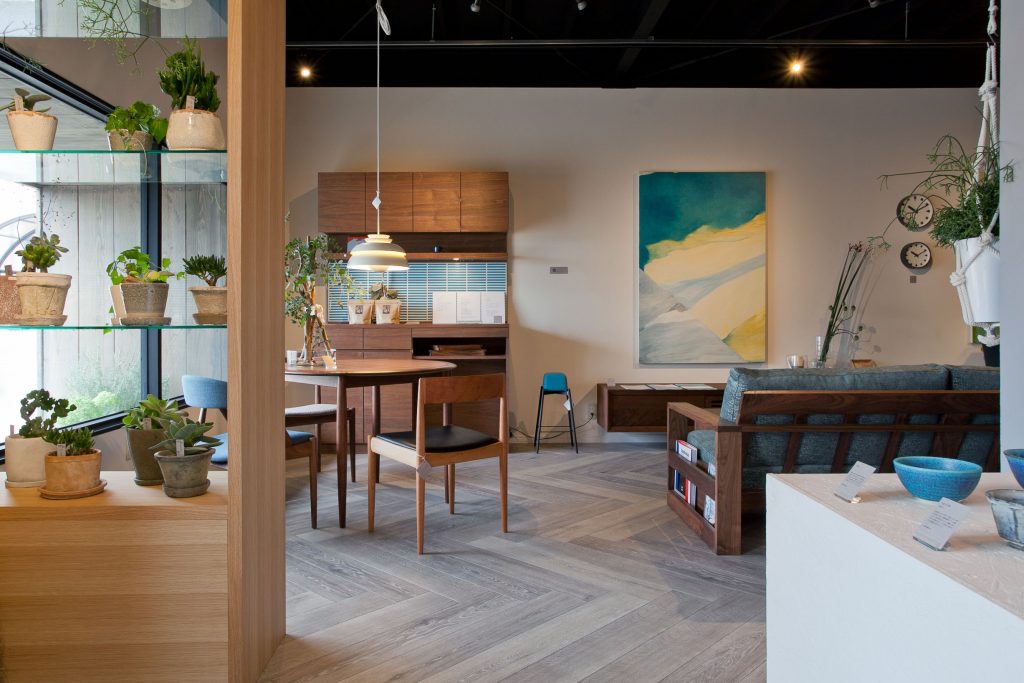
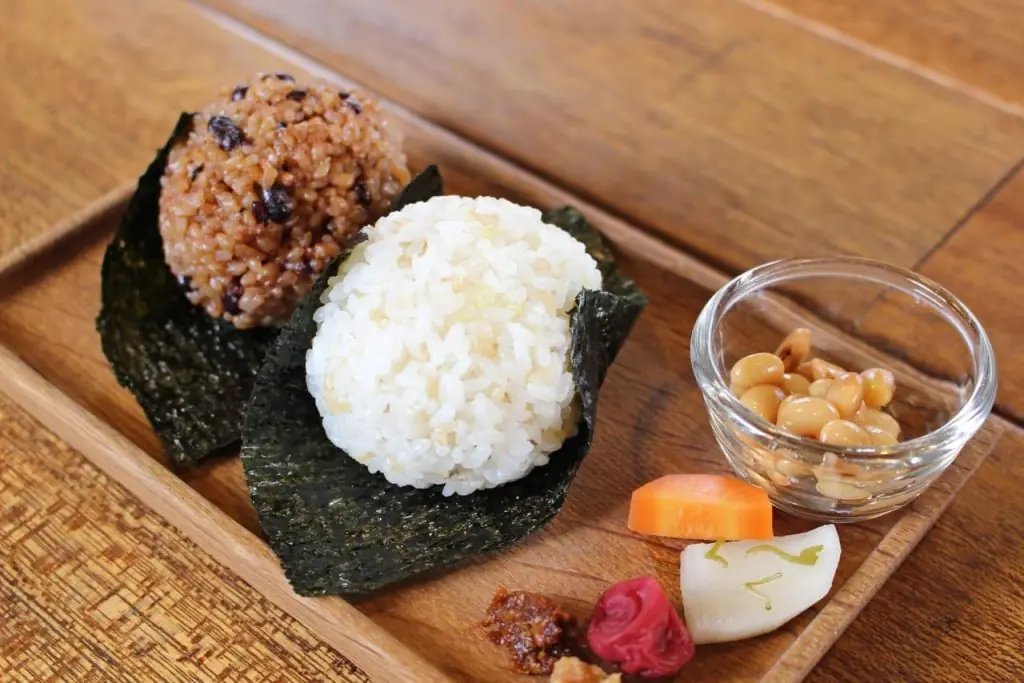

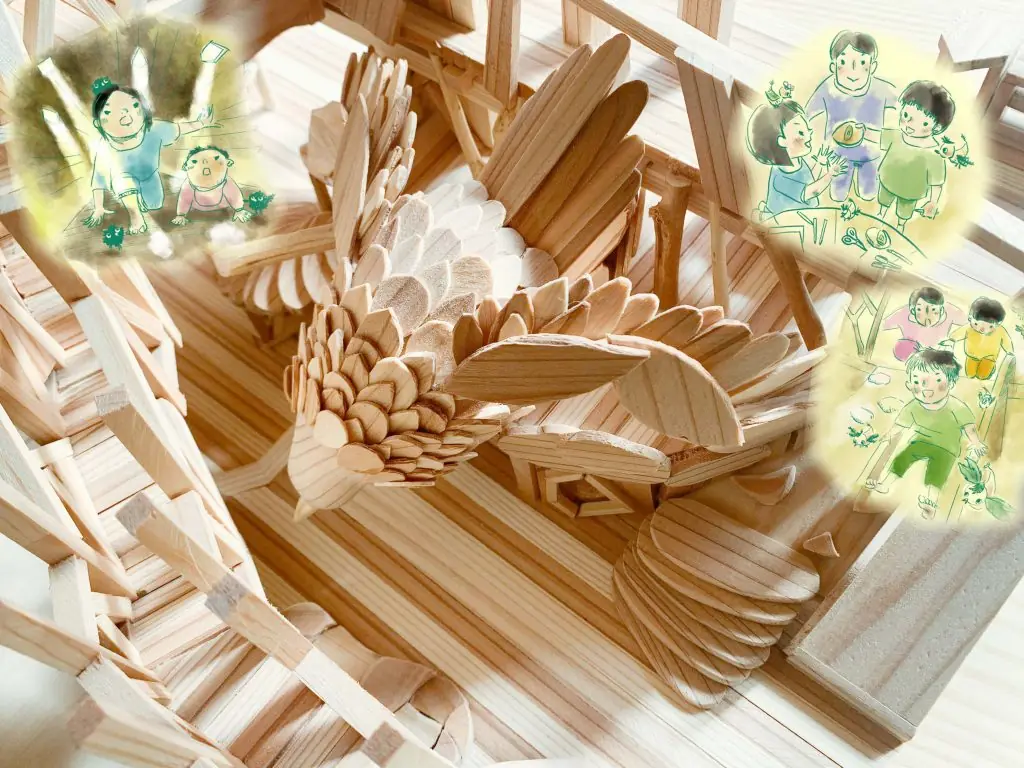
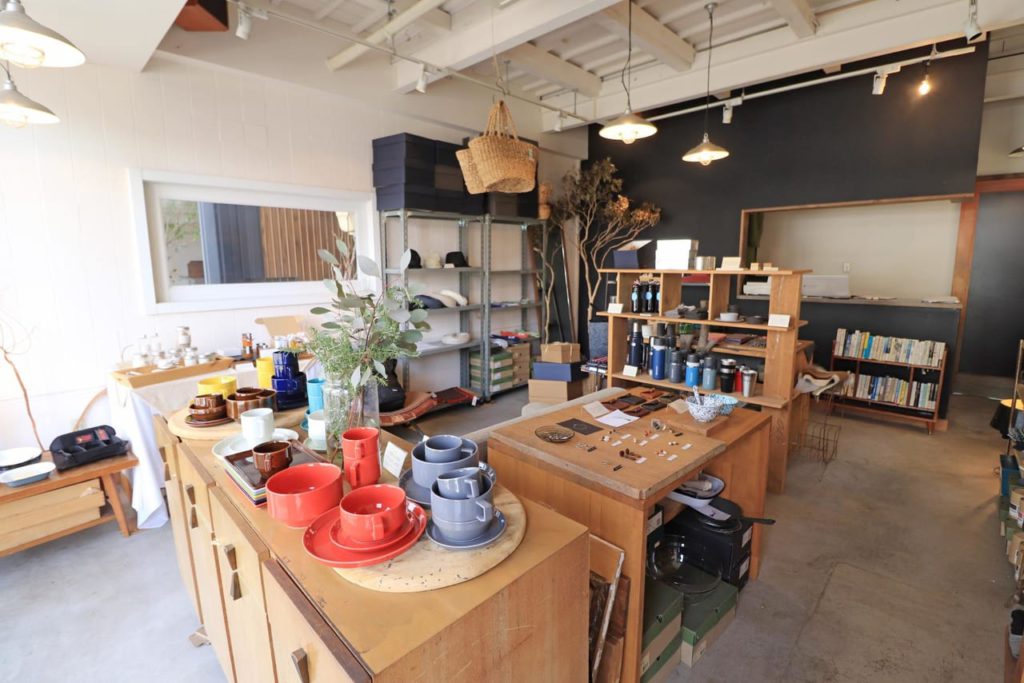
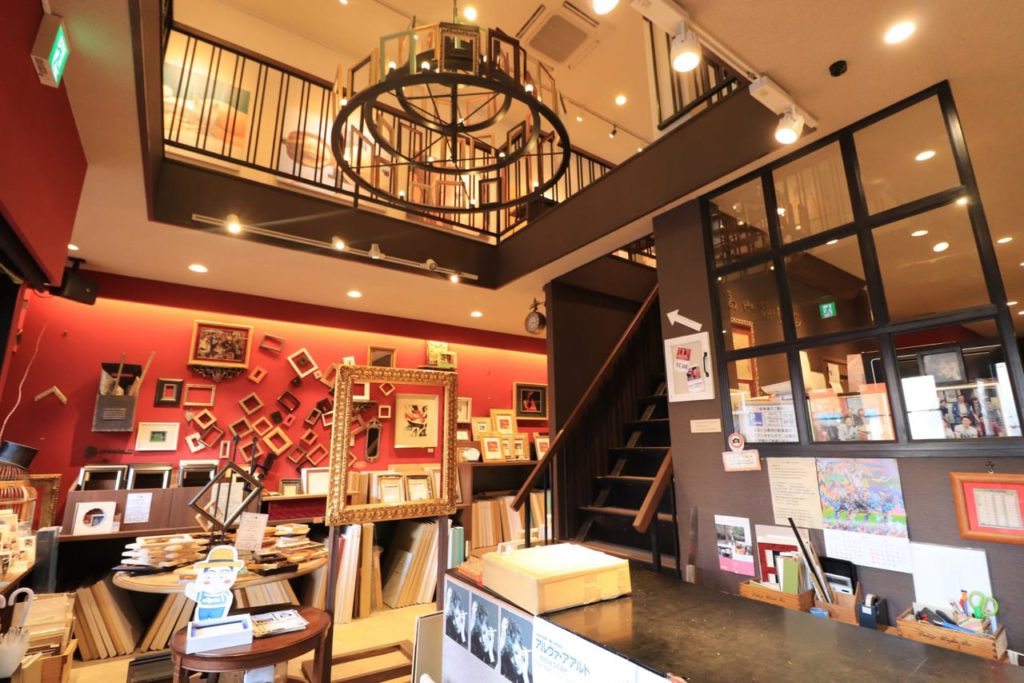
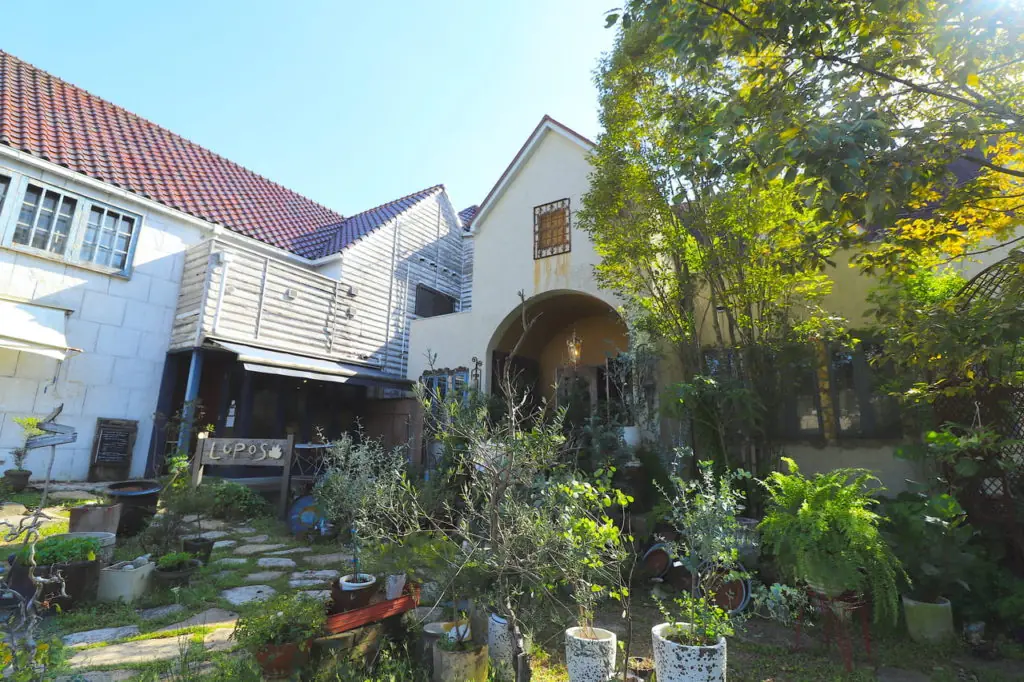
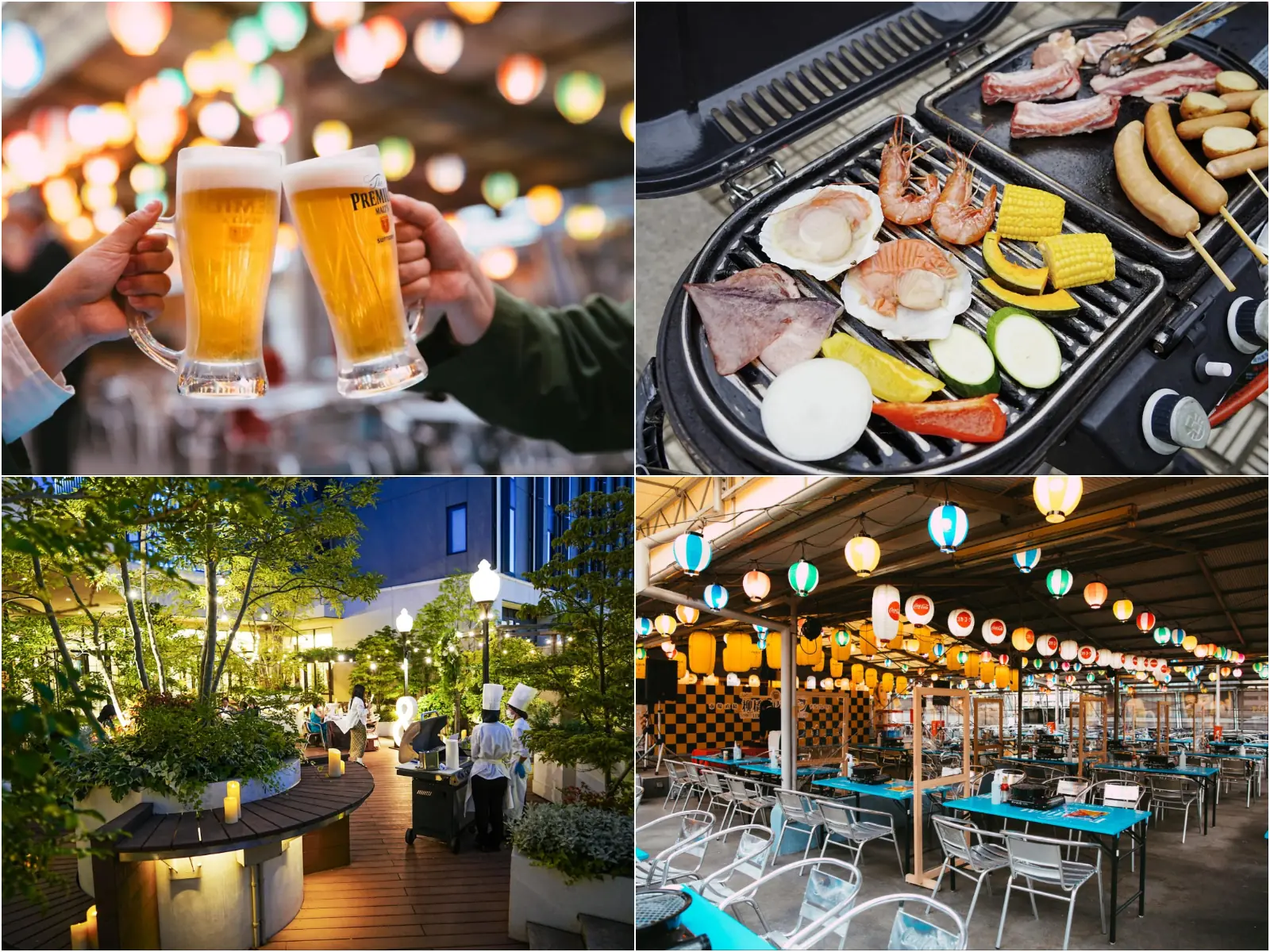
![[Indoor Facilities] Where to Go on Rainy Days in Tokai Area! For Family Outings!](https://life-designs.jp/wp/wp-content/uploads/2023/07/FotoJet-23.jpg)




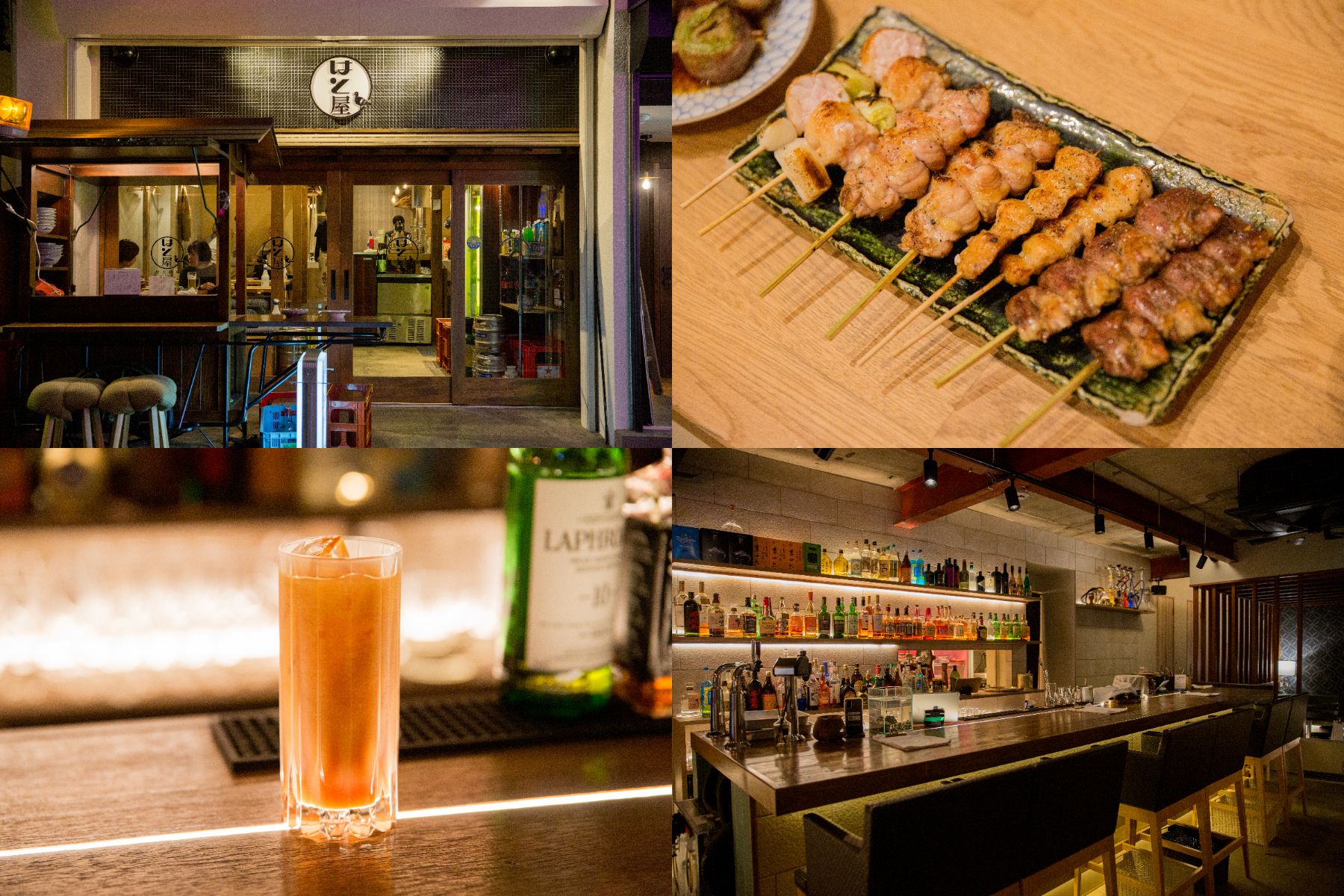
![[Special Feature] Enjoy Your Day at a Park!](https://life-designs.jp/wp/wp-content/uploads/2019/12/LD_banner_w1920x1088_park-1-768x435.jpg)
![[Tokai Area] Scenic Spots which You'll Never Forget](https://life-designs.jp/wp/wp-content/uploads/2019/12/LD_banner_w1920x1088_prospect-1-768x435.jpg)
![[Sauna Specials] Feel Revitalized in Sauna!](https://life-designs.jp/wp/wp-content/uploads/2021/07/Sauna-1024x580.jpg)

![[Special Feature] Enjoy Outdoor Activities!](https://life-designs.jp/wp/wp-content/uploads/2019/12/LD_banner_w1920x1088_outdoor-1-1024x580.jpg)
![[Nagoya-meshi] Nagoya's Speciality Dishes](https://life-designs.jp/wp/wp-content/uploads/2022/06/5ba2ca8c038fd4af7527bc0826367cfb-1024x580.png)

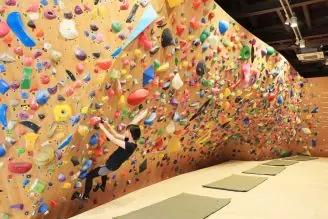
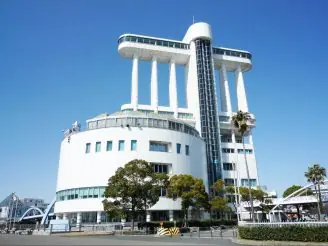
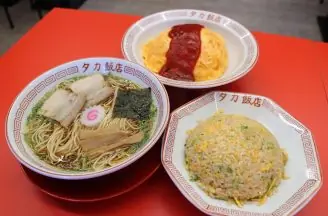
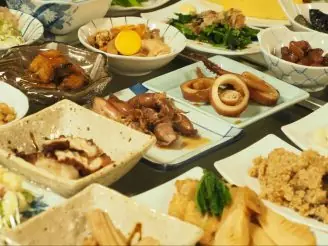


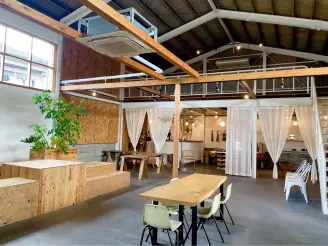
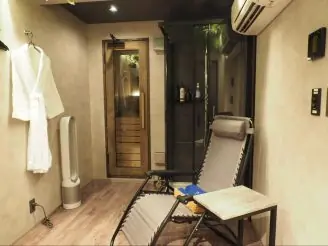
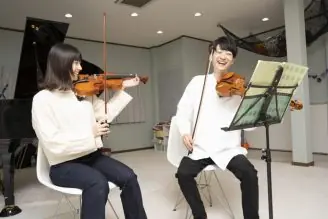
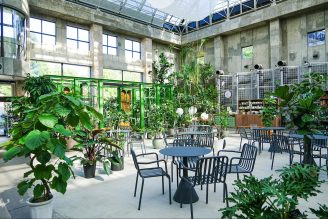
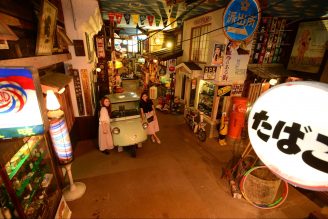
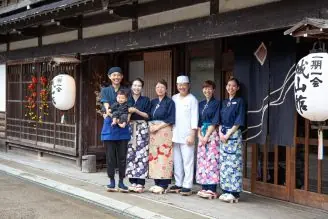


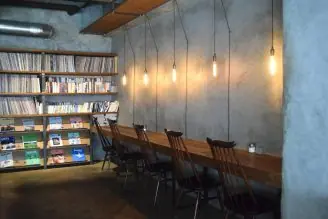
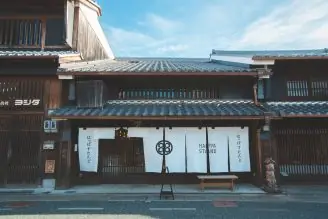
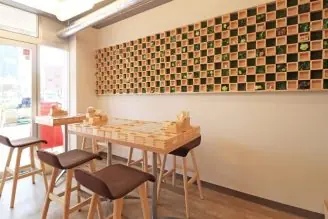
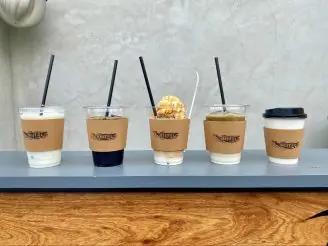
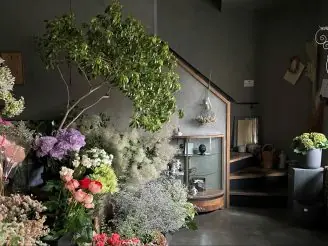
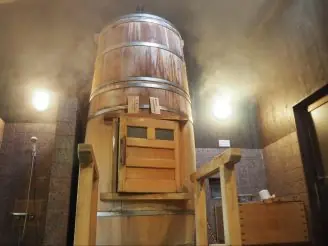

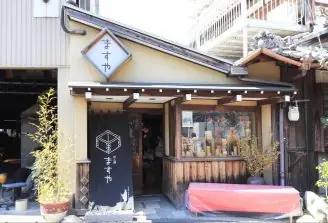


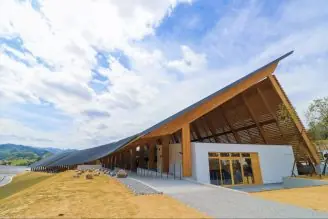
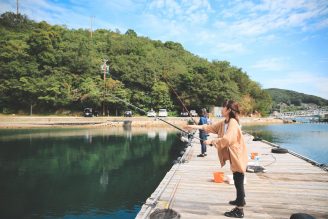

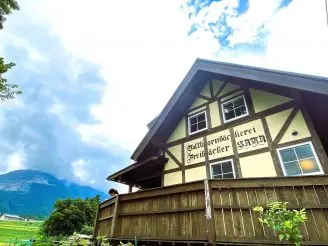

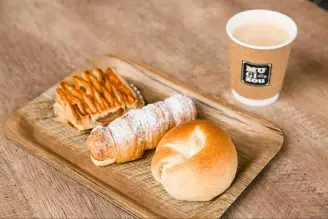

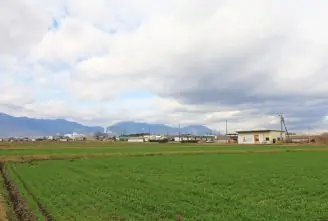
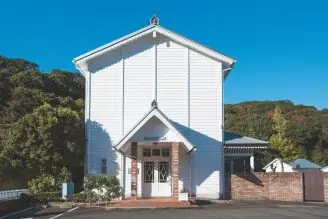
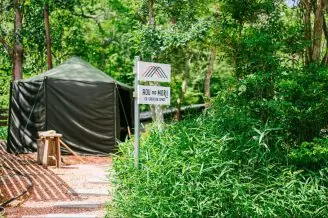
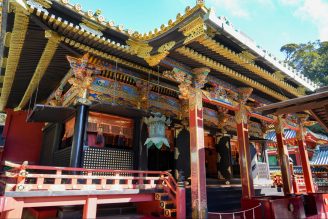
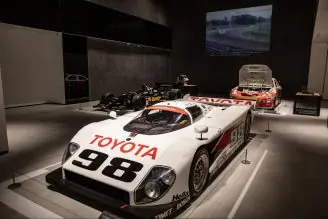
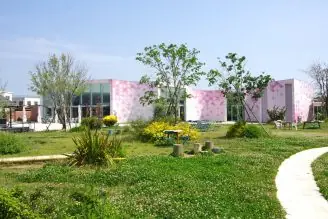
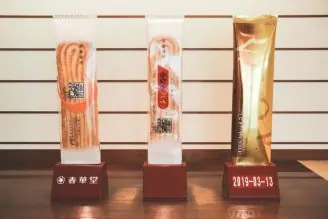
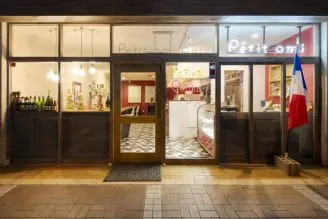
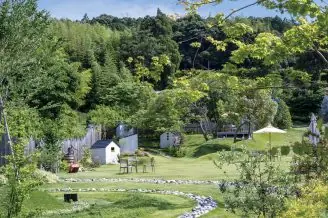

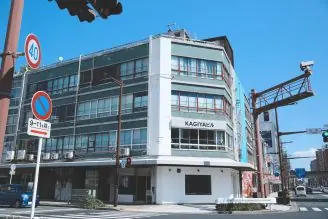
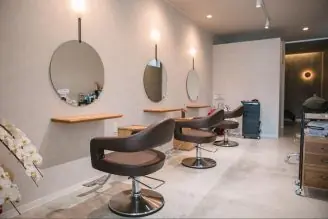
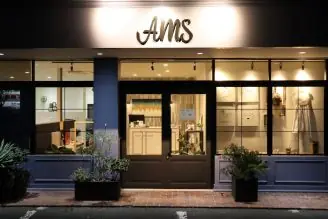
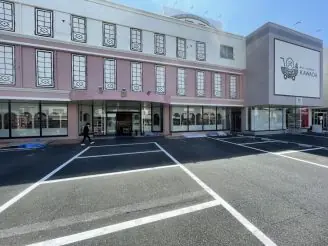
![[Indoor Facilities] Where to Go on Rainy Days in Tokai Area! For Family Outings!](https://life-designs.jp/wp/wp-content/uploads/2023/07/FotoJet-23-1024x768.jpg)
![Onigiri is hot right now! Summary of Osu's Onigiri Specialty Shops [5 selections].](https://life-designs.jp/wp/wp-content/uploads/2023/11/onigiri-1024x768.jpg)

![[9 Selections] Summary of Retro Coffee Shops in Nagoya](https://life-designs.jp/wp/wp-content/uploads/2021/11/image1-30-1024x683.jpg)
![[20 Selections] Nagoya Souvenirs: Non-Sweet & Recommended Snacks Available at Nagoya Station](https://life-designs.jp/wp/wp-content/uploads/2025/07/image3-2-1024x683.jpg)
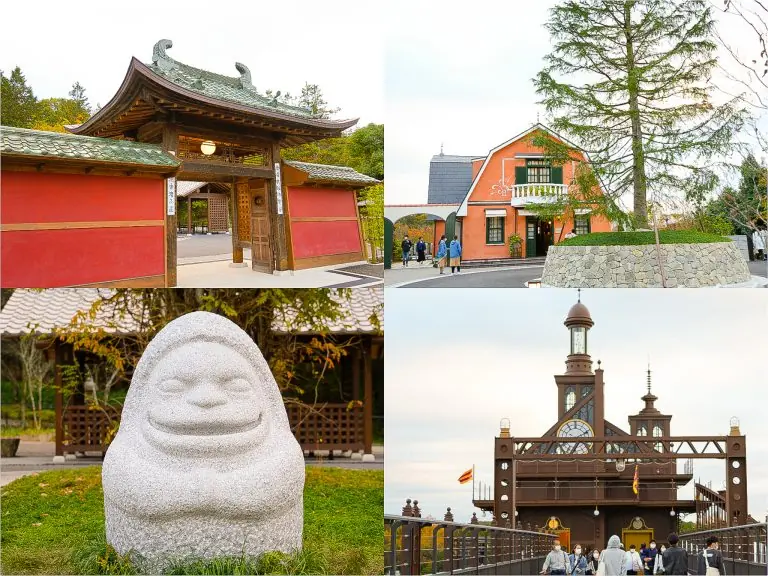
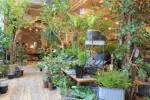
![[Aichi, Gifu, Mie] 30 Family-Friendly Spots to Go in Winter!](https://life-designs.jp/wp/wp-content/uploads/2019/12/image21-1-150x106.png)
![[14 Selections] Recommended spots to spend the weekend in Kakuozan area of Nagoya](https://life-designs.jp/wp/wp-content/uploads/2022/07/Kakuozan-spot_w1920h1088_240605-328x186.png)
![[Tsu City, Mie] A thorough Report on Baby Star Crispy Noodle Snack Themed-park "Oyatsu Town"!](https://life-designs.jp/wp/wp-content/uploads/2019/11/image29-7-150x100.jpg)
